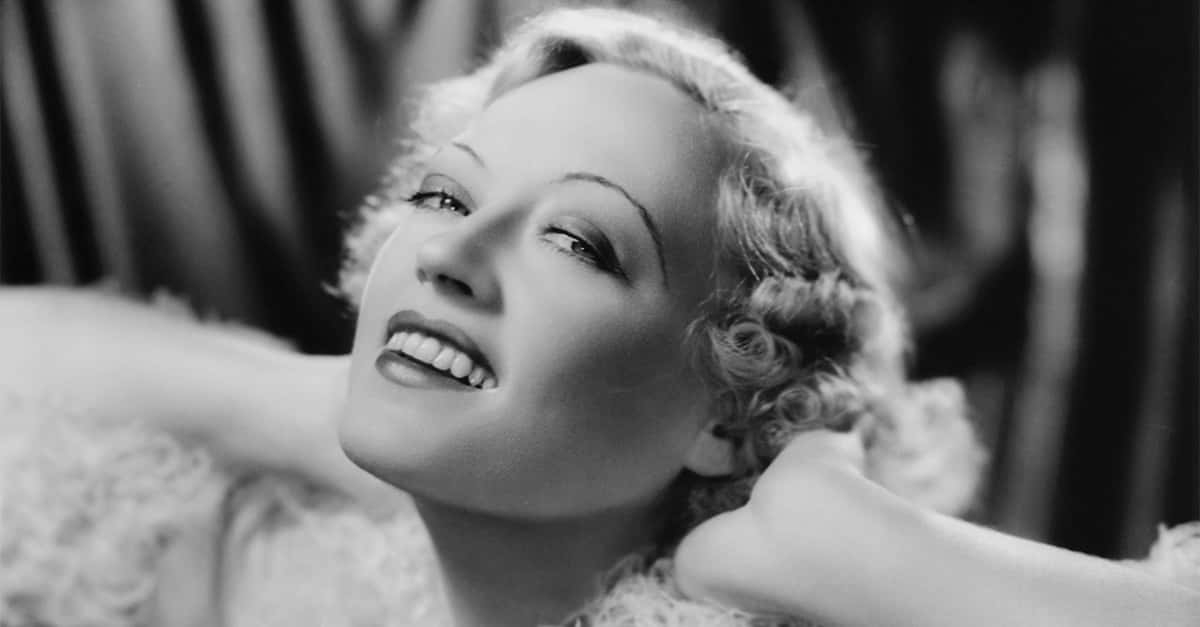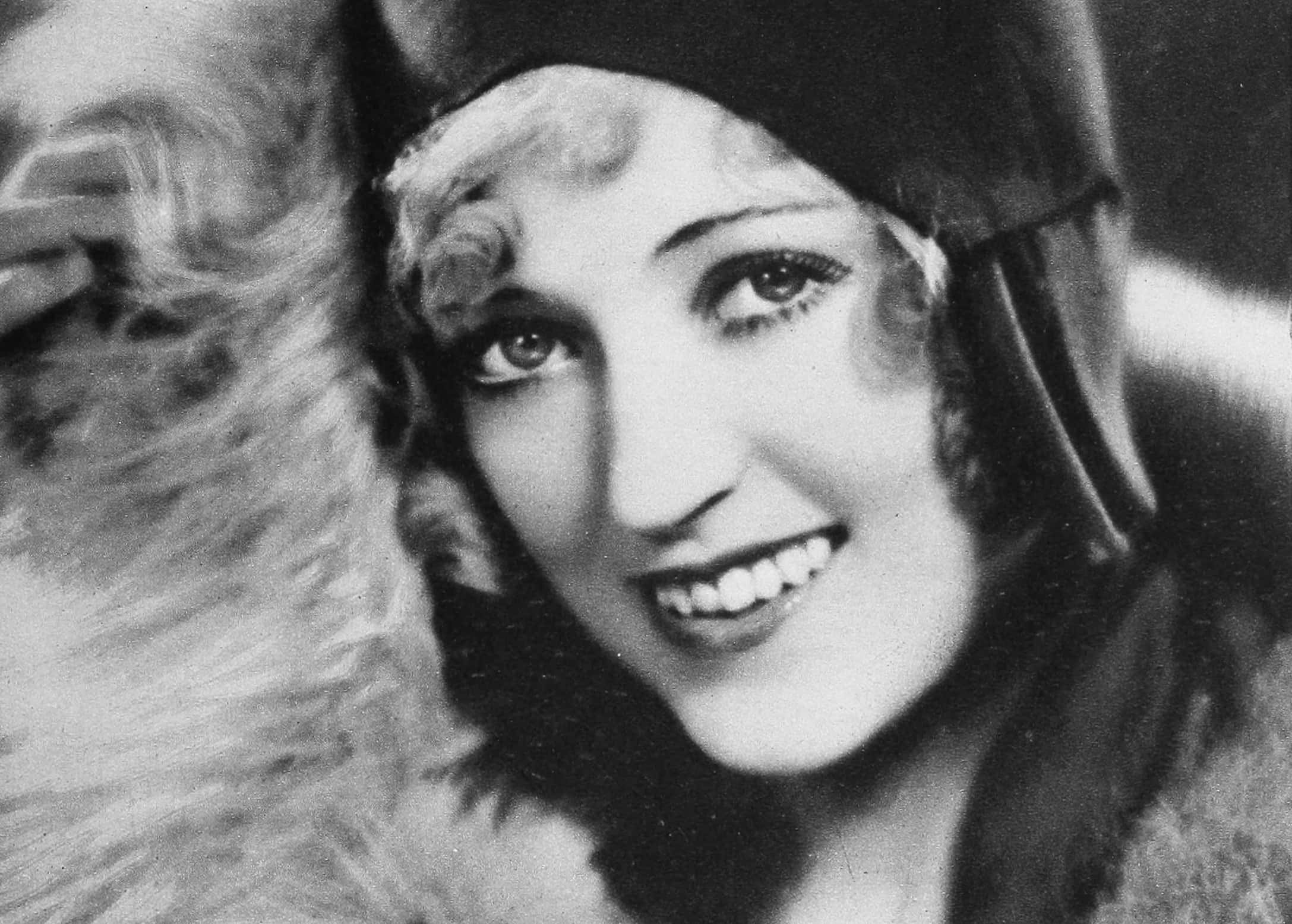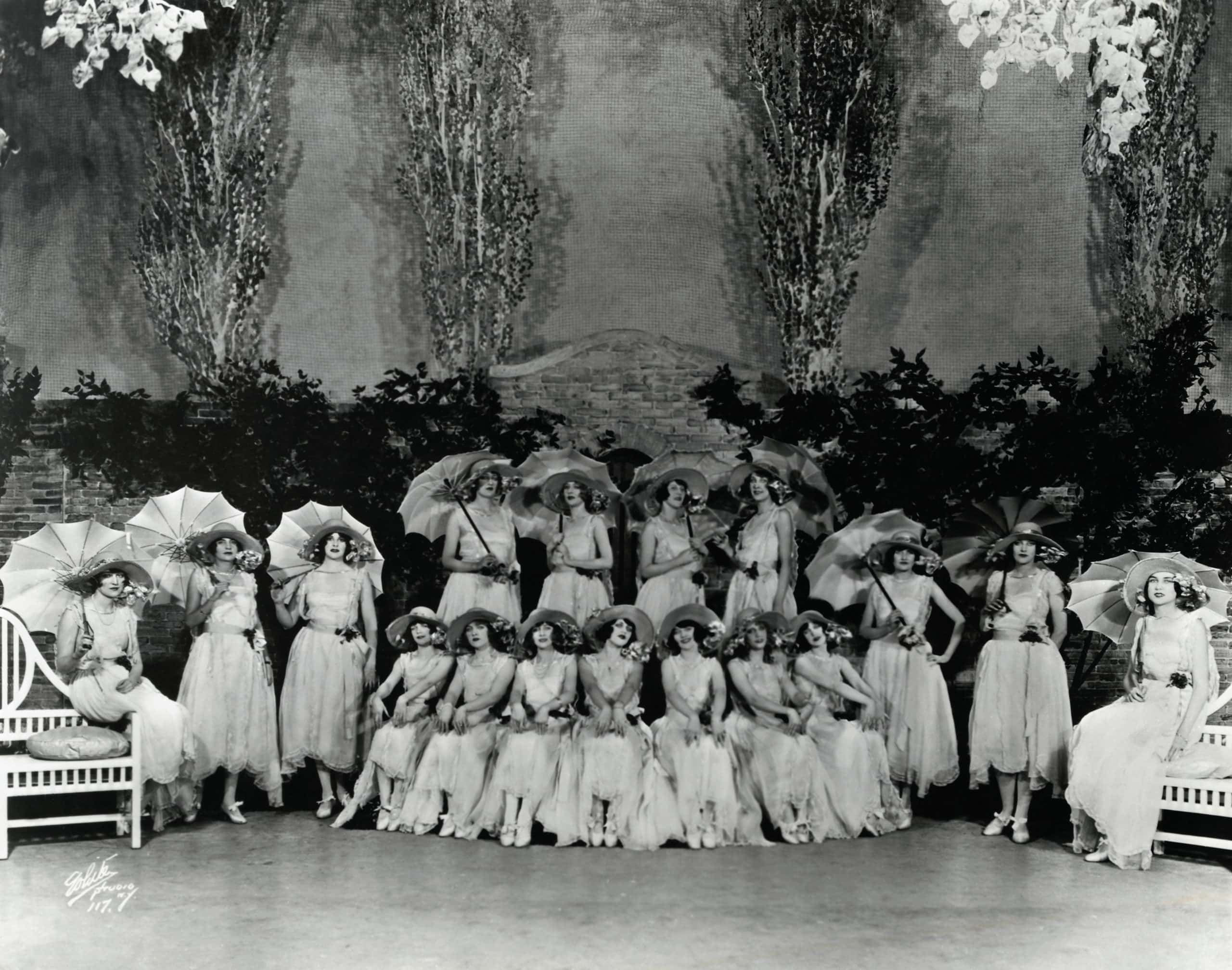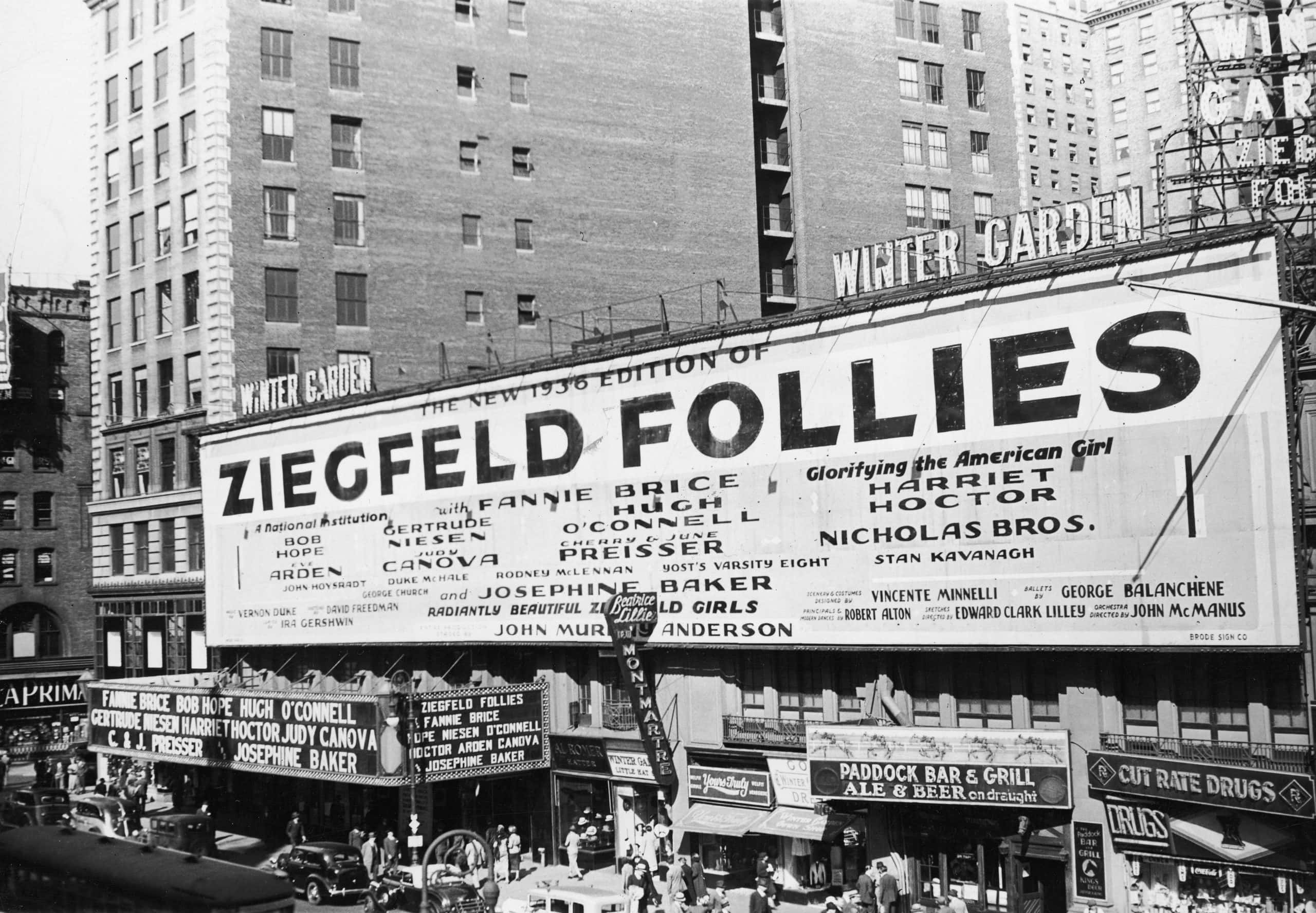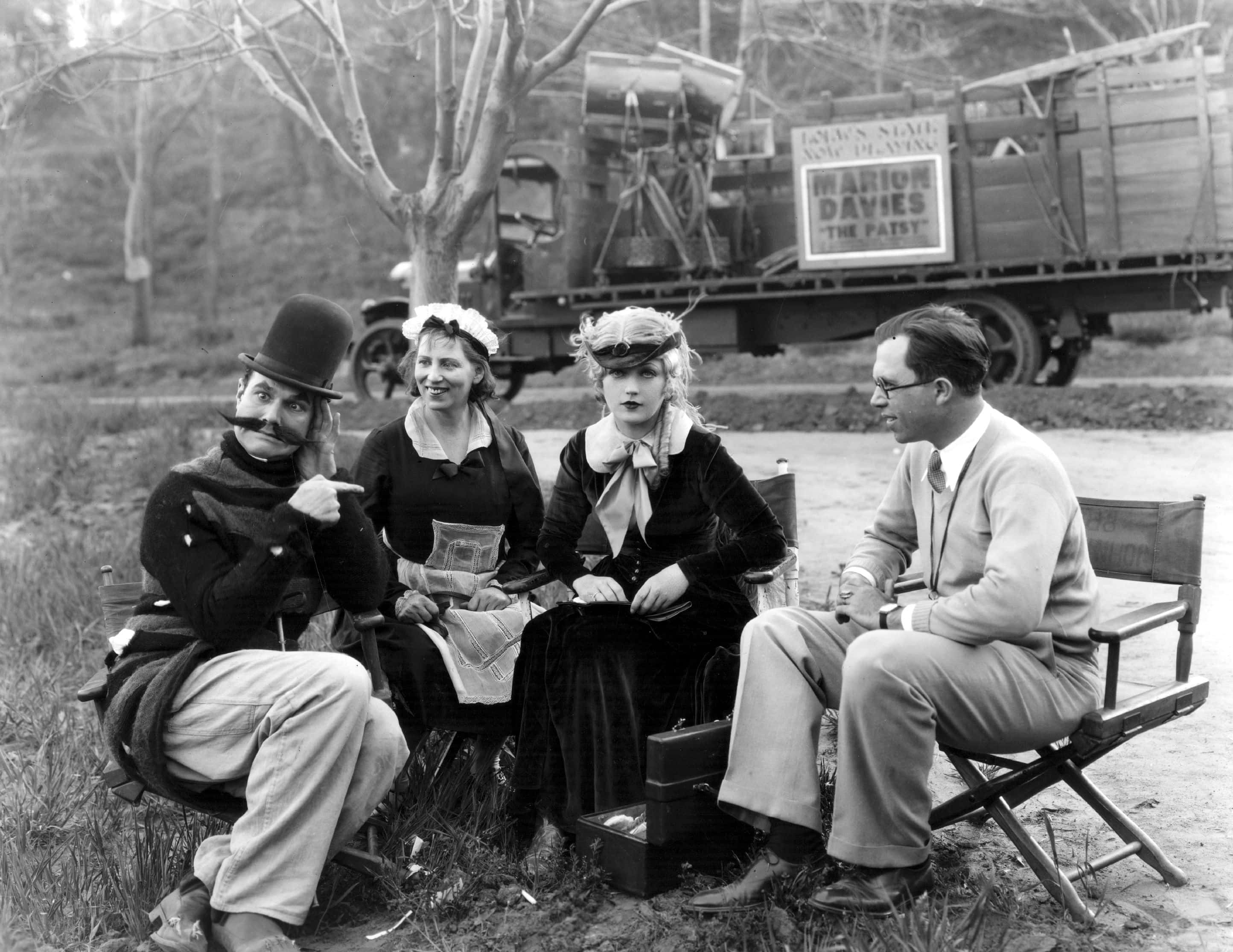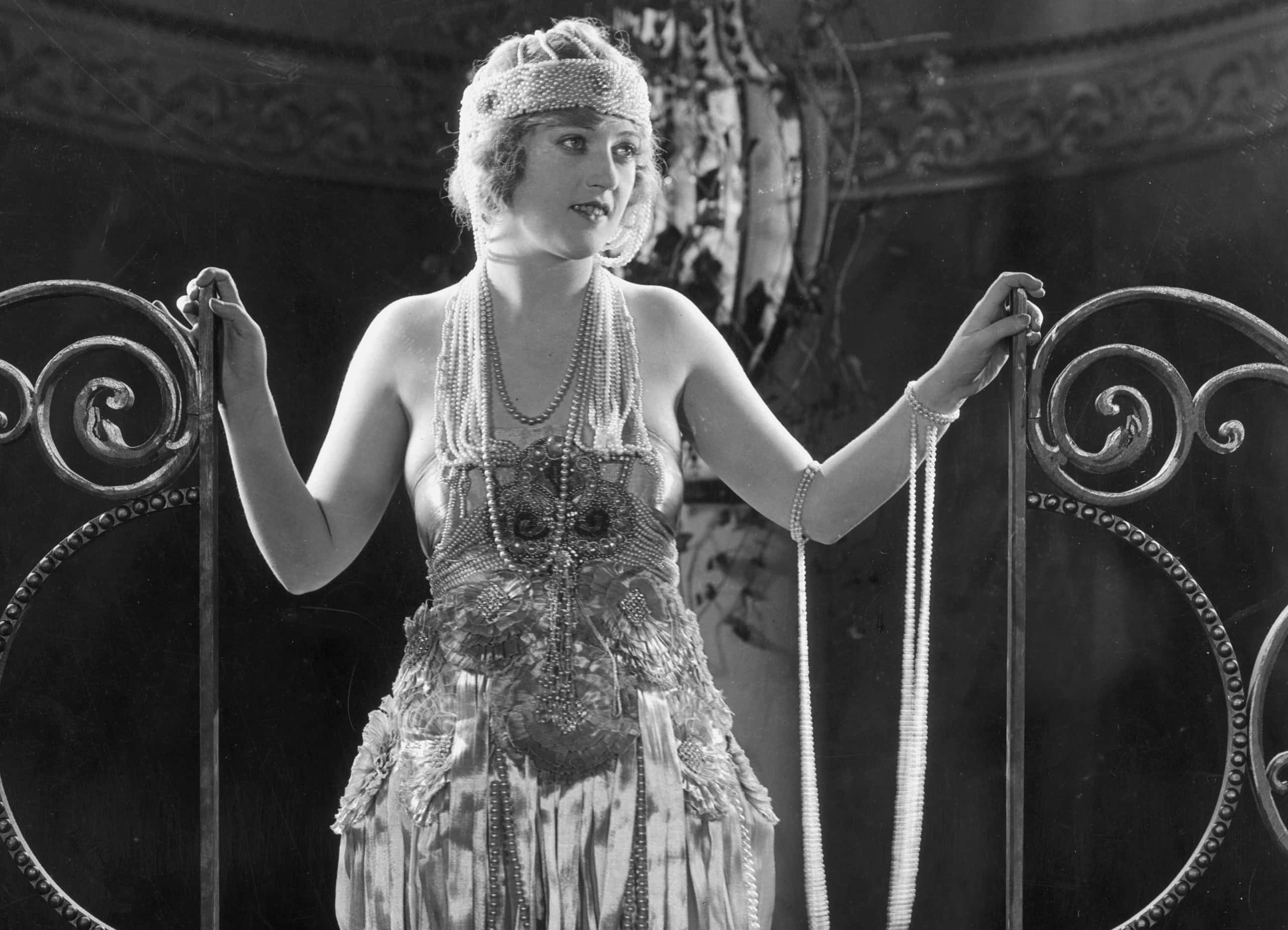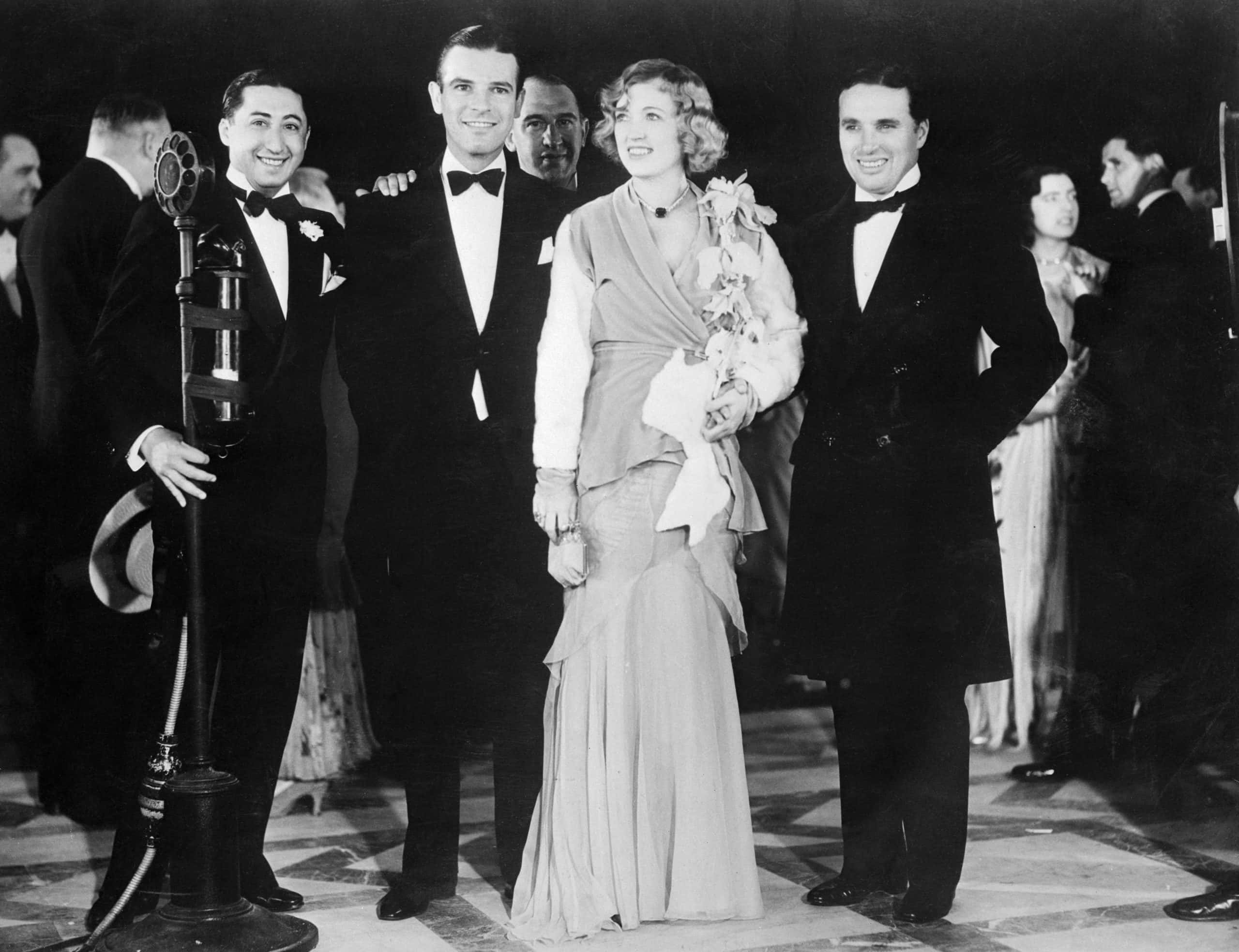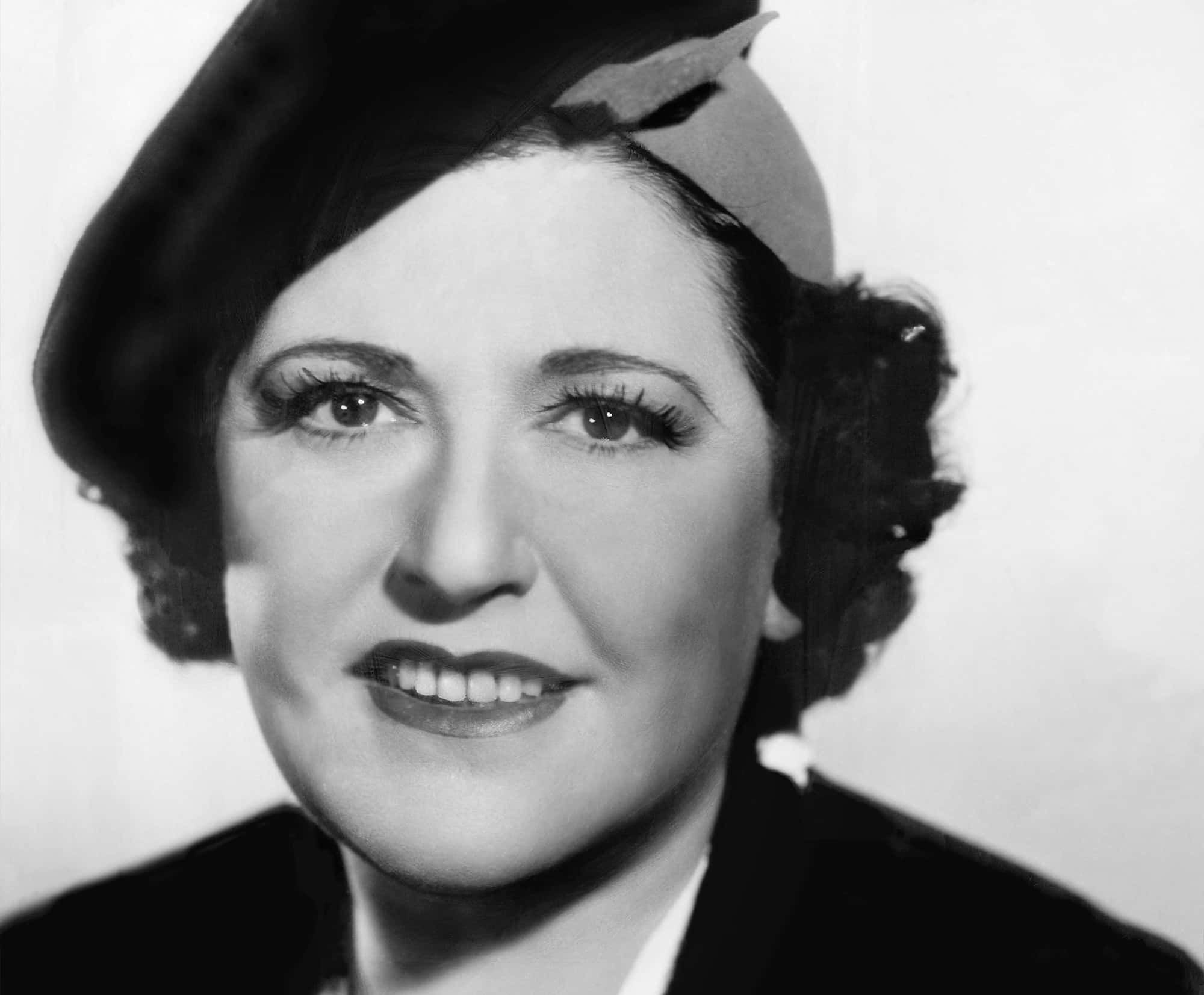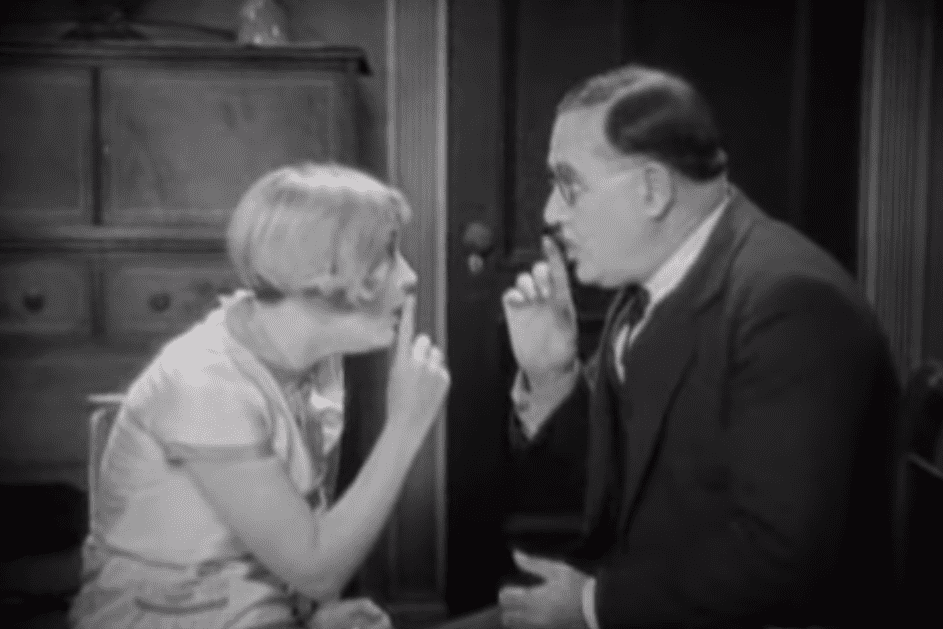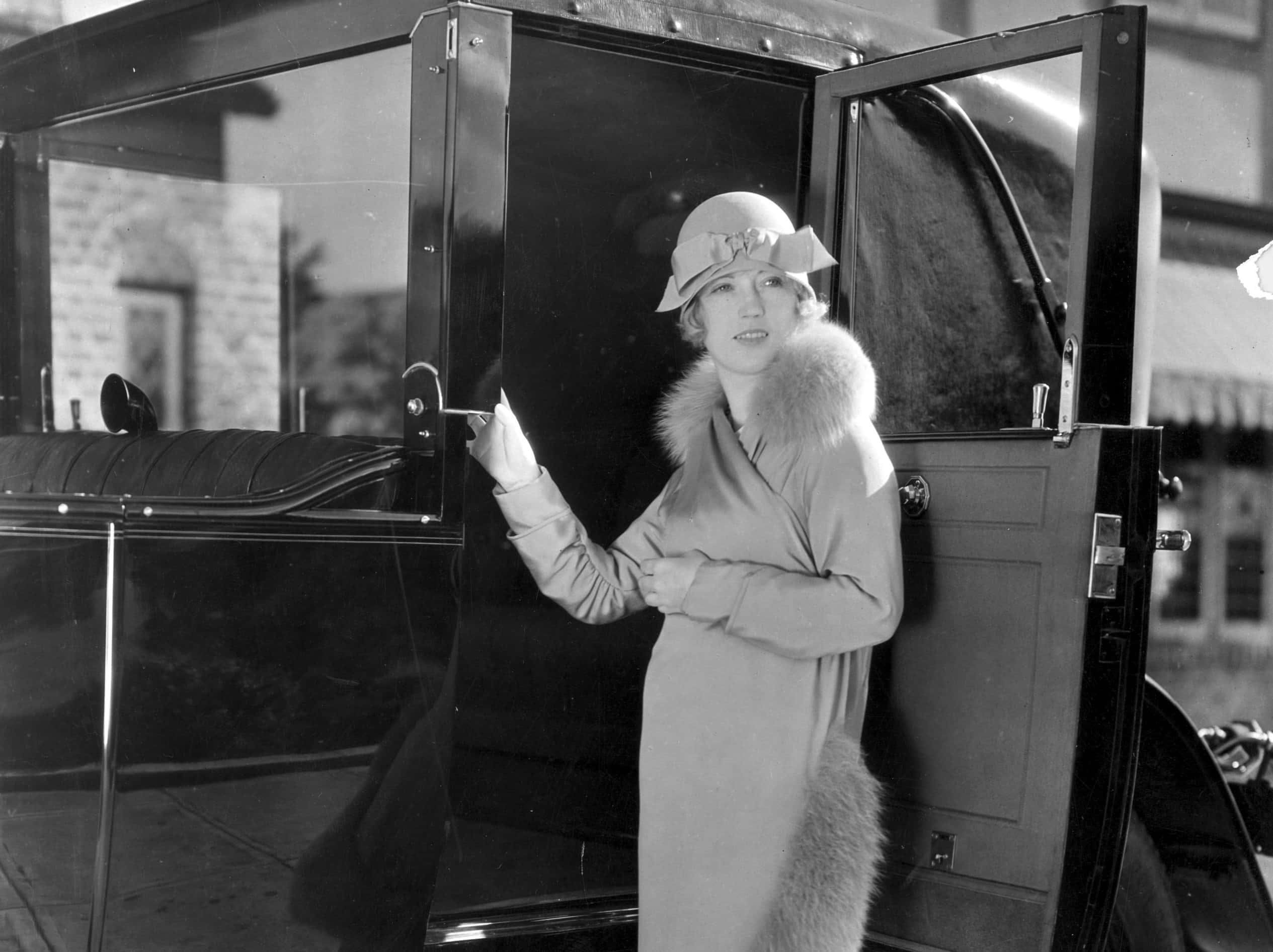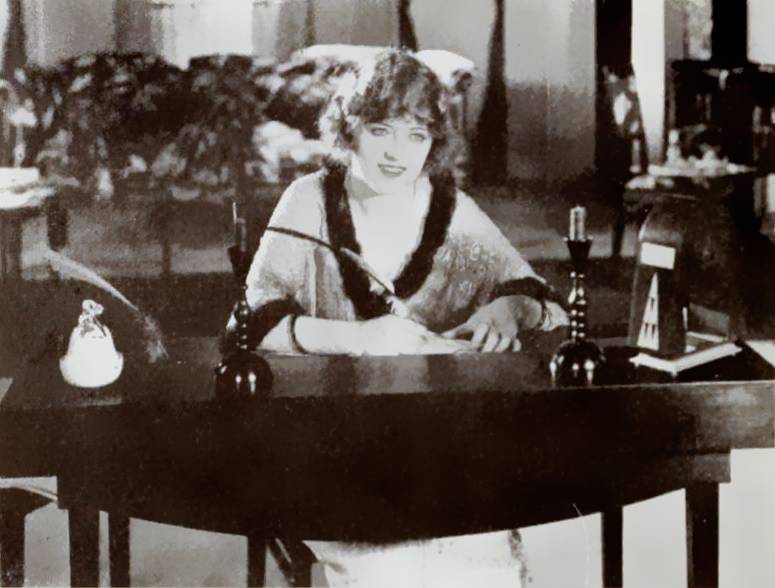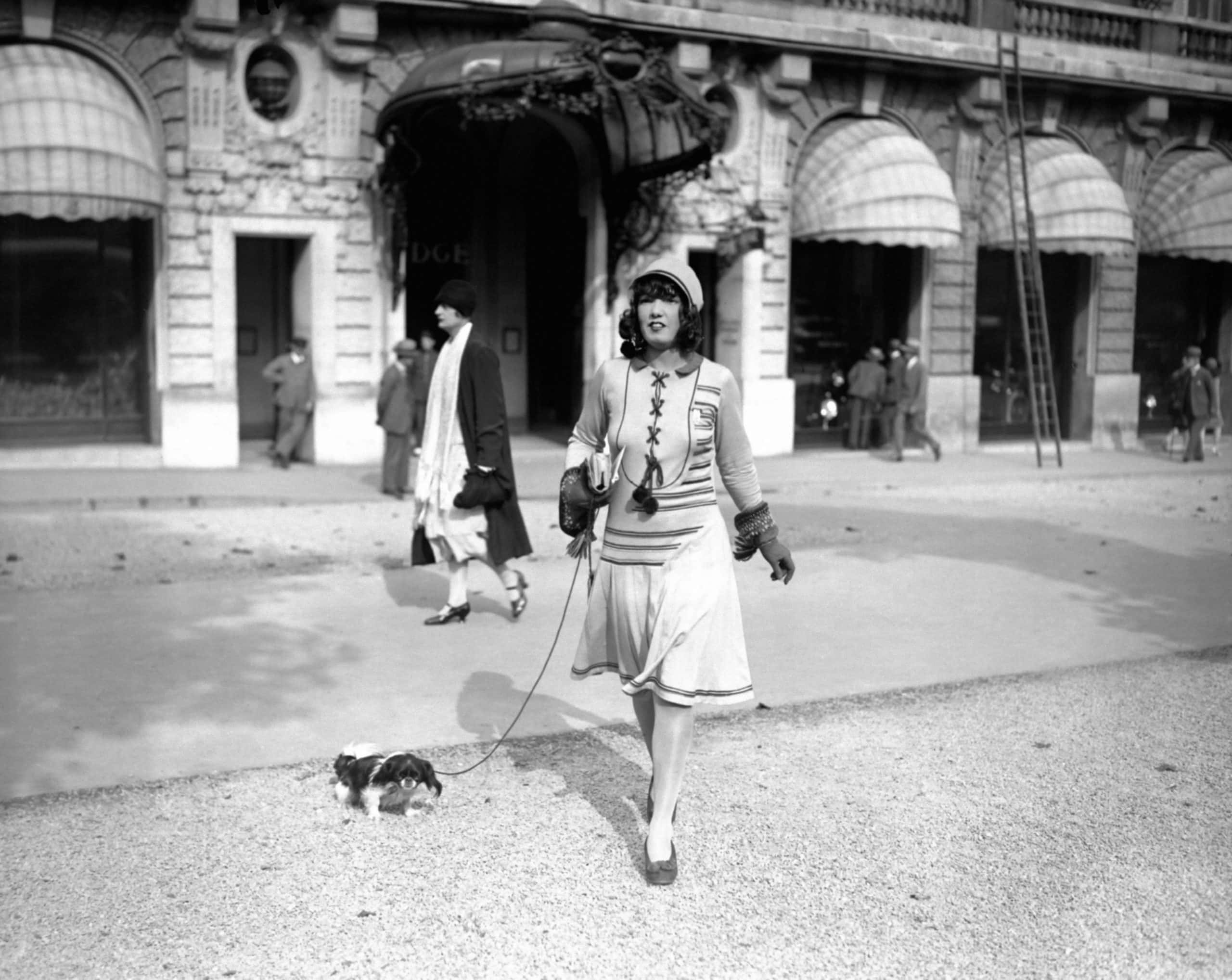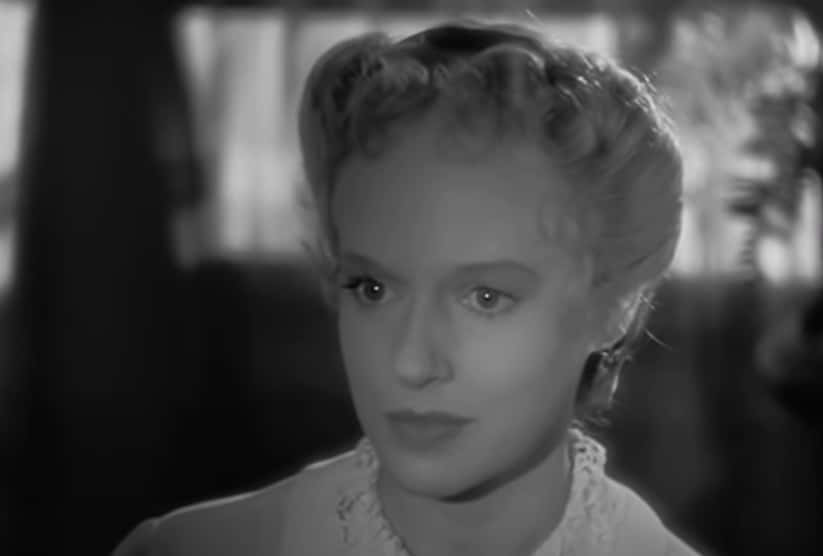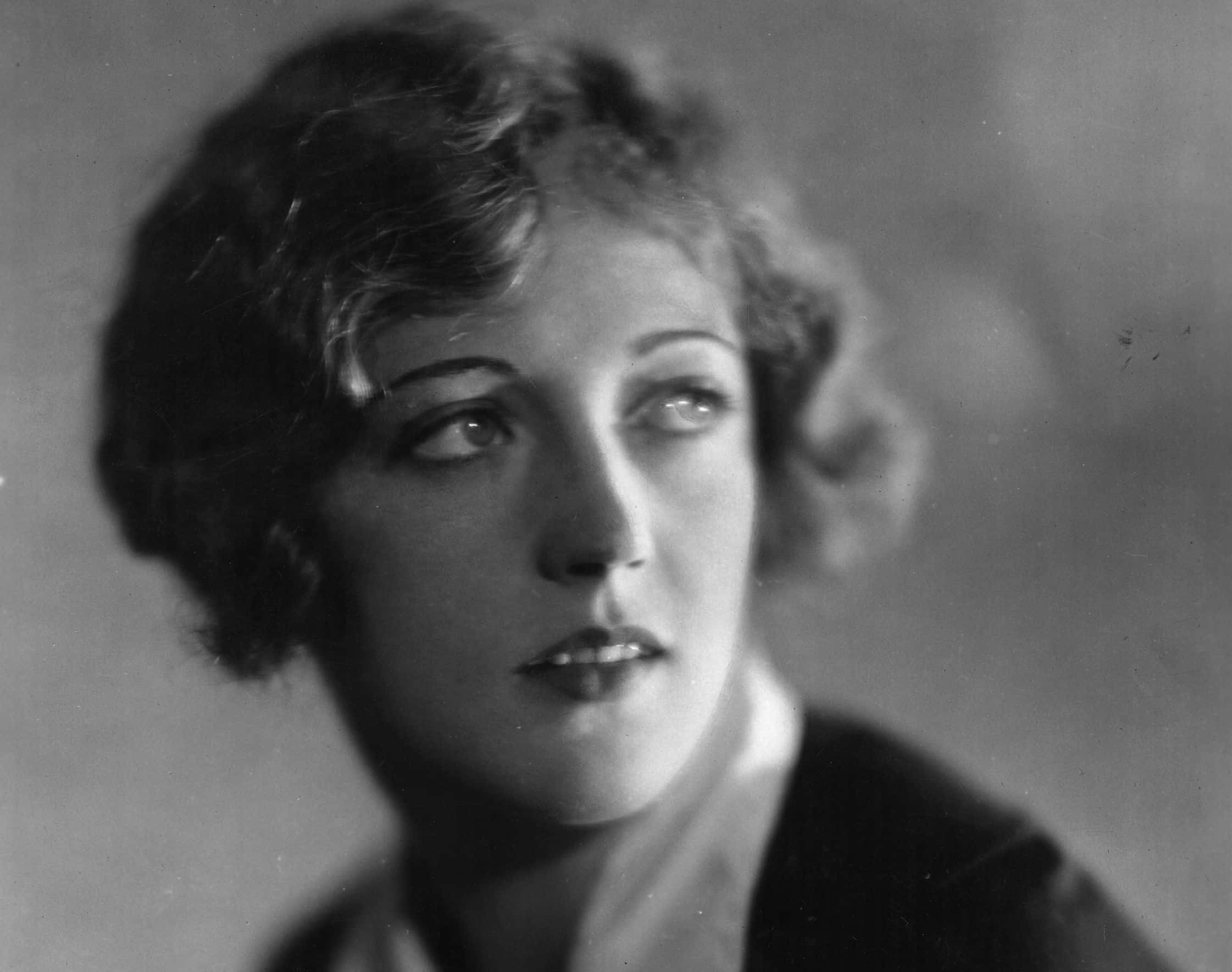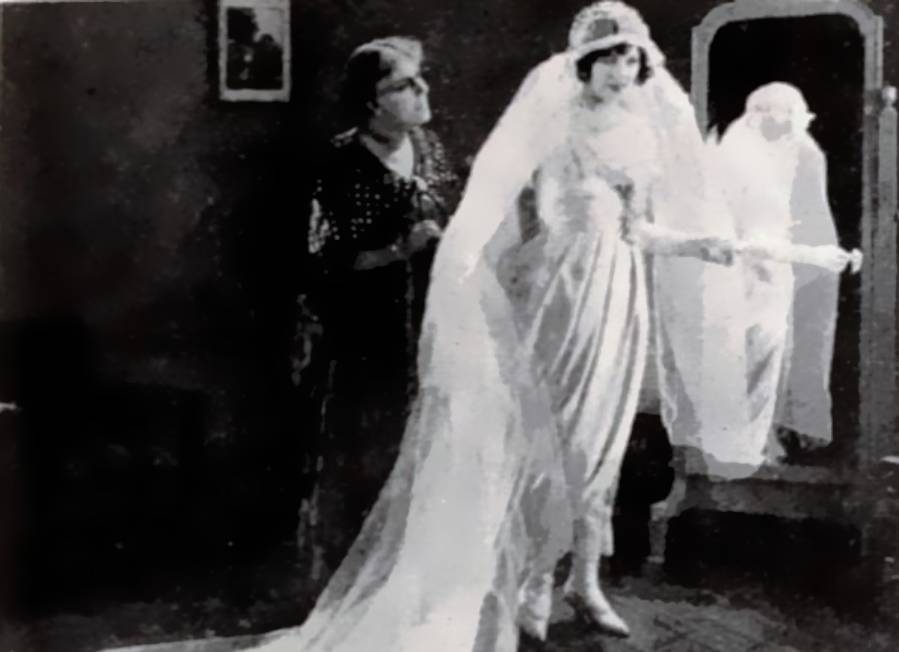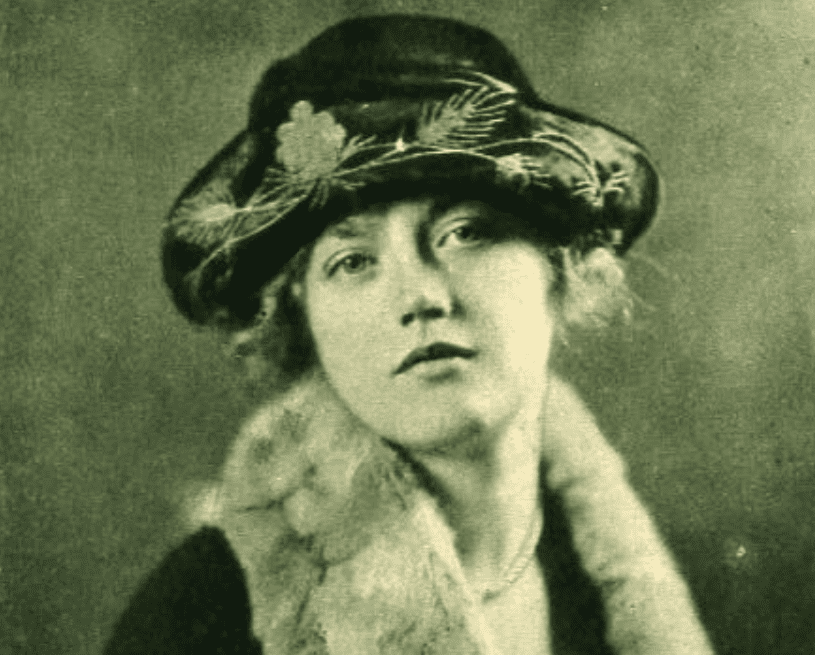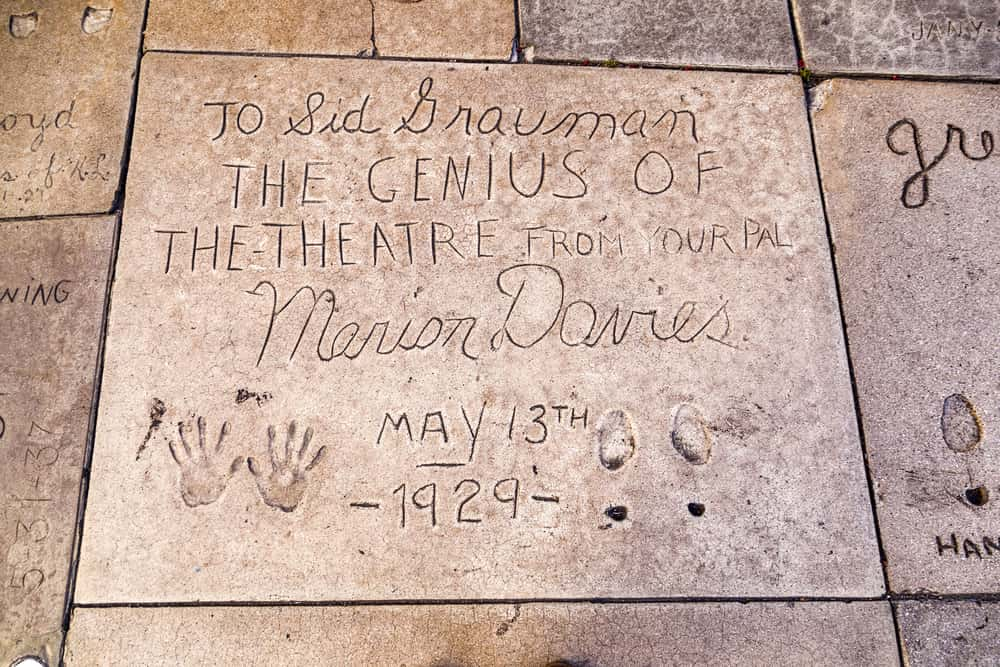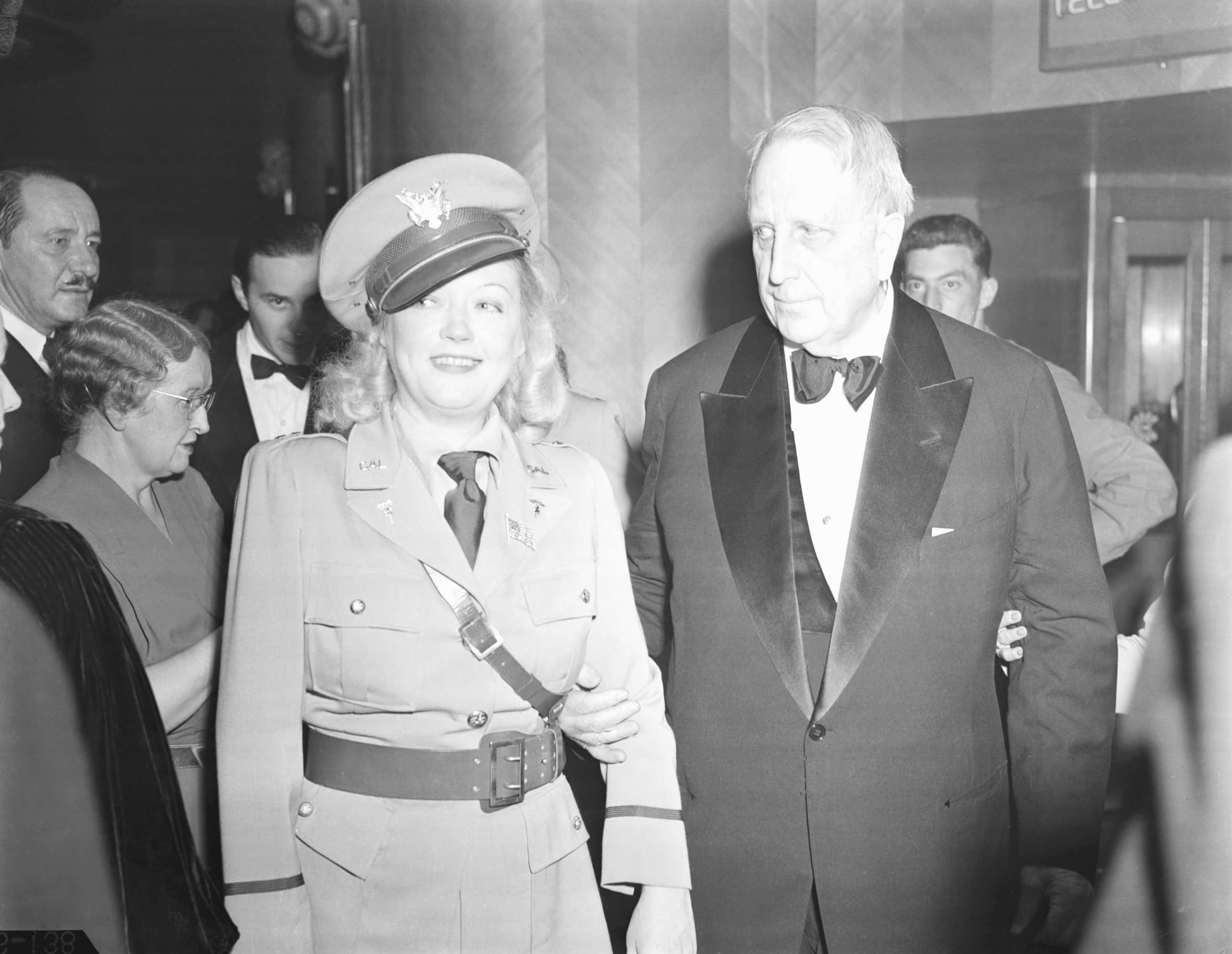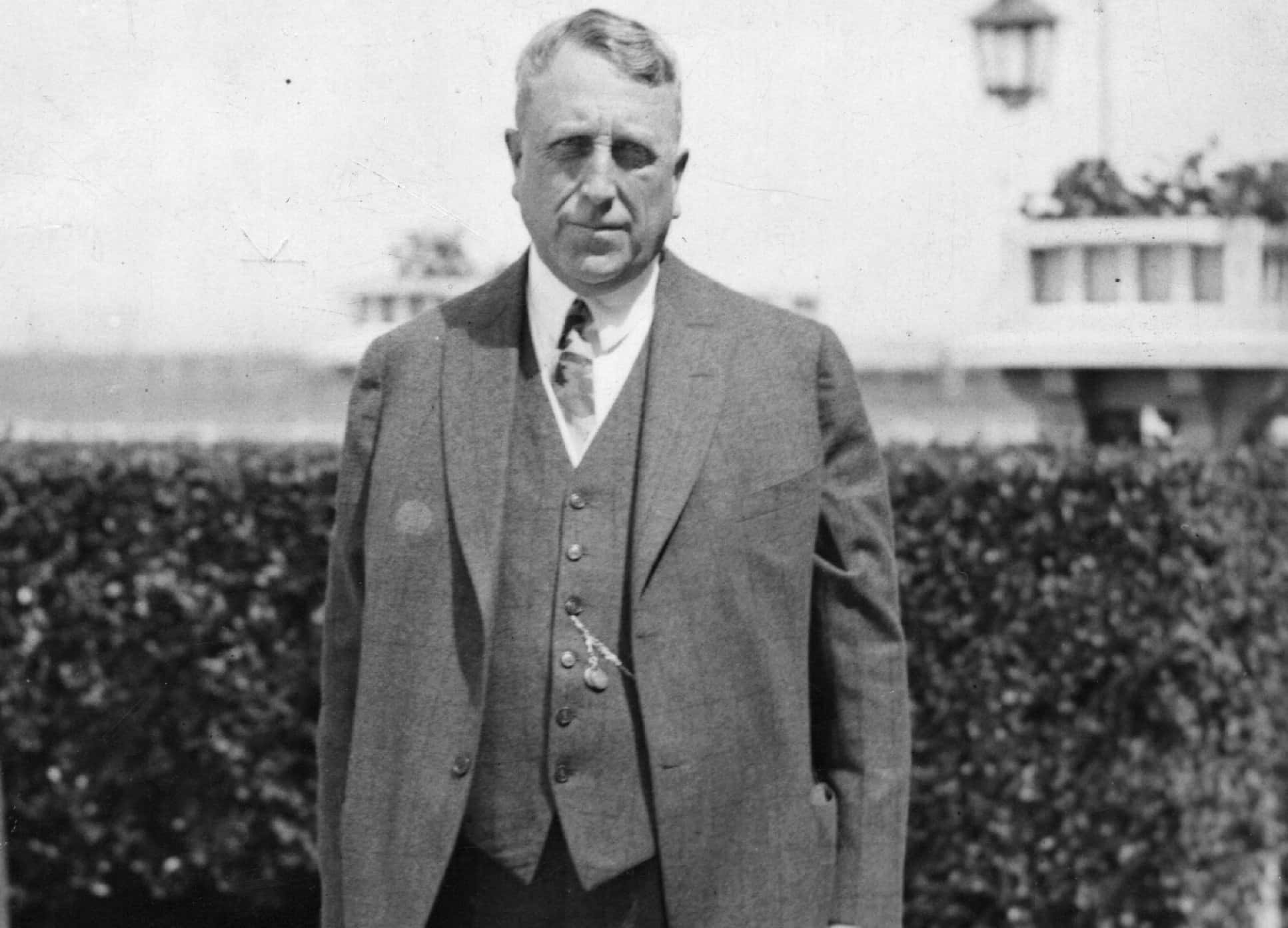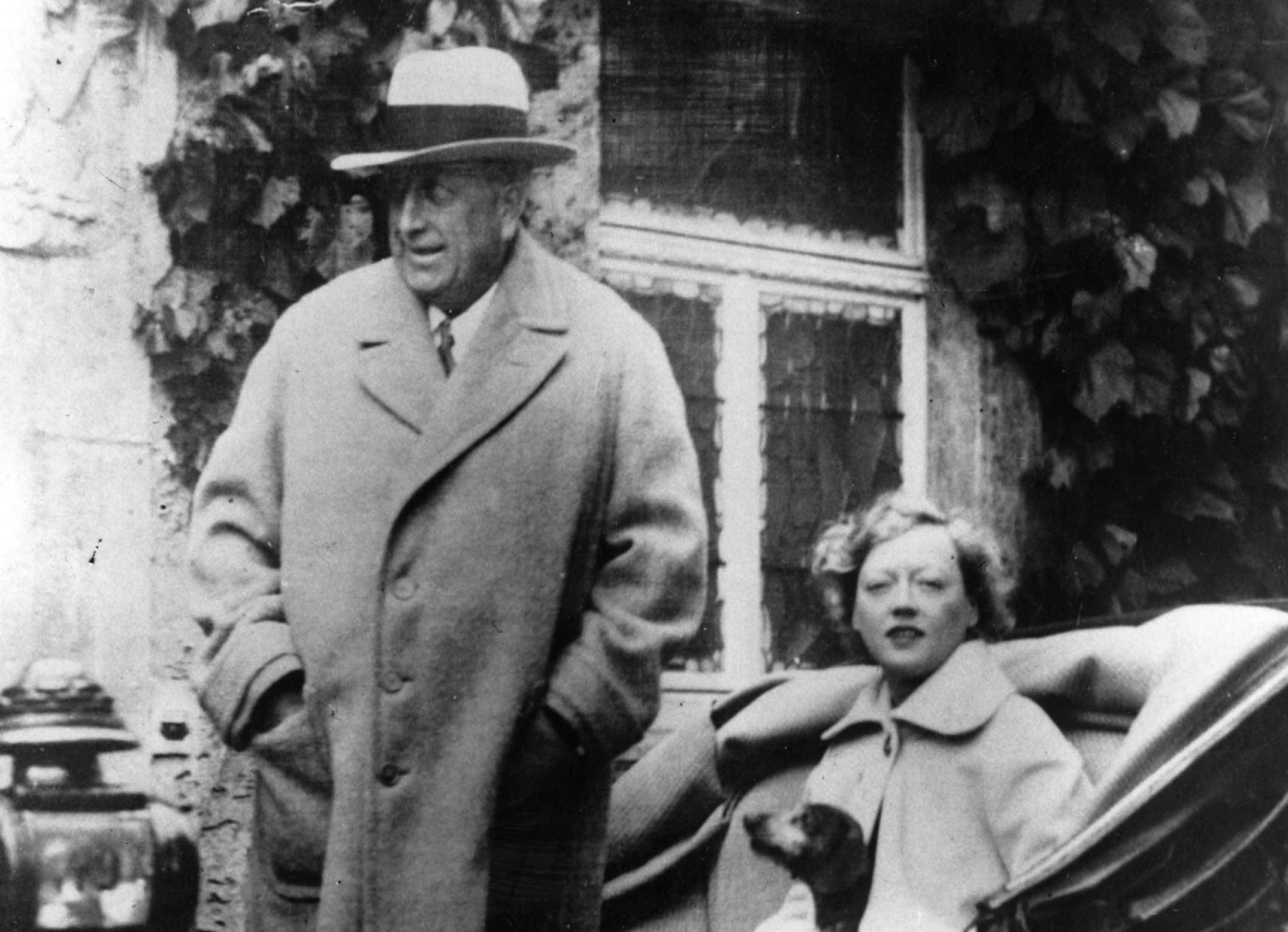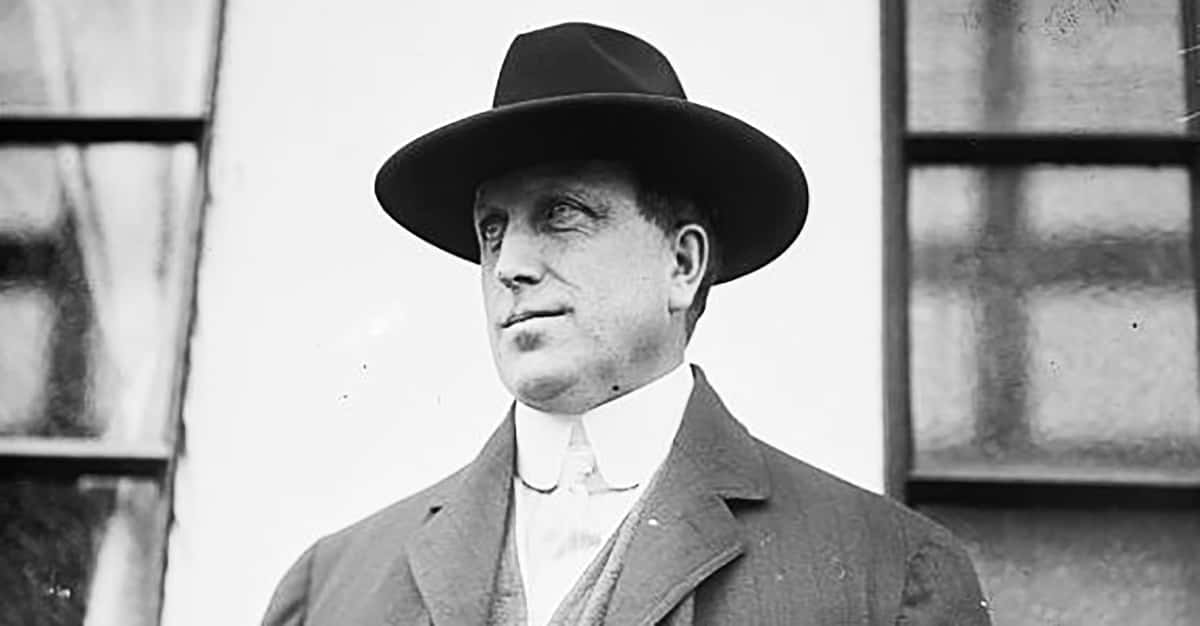History did silent film starlet Marion Davies dirty. During her heyday, her peers and contemporaries thought of her as a skilled artist. However, as the years went on, her legacy became more twisted. By the time that she died, the media portrayed her as an untalented sham who had used her connections to get to the top. So, what happened in the meantime? From the passionate decades-long affair with one of the most important men in the world to the bloody scandal that nearly derailed her career, Davies’ life was never ordinary. Here are 45 facts about Marion Davies, the silent screen’s undisputed queen.
1. She Was Hungry For More
Marion Davies was ambitious from the very beginning of her life. Born Marion Cecilia Elizabeth Brooklyn Douras to a middle-class family in Brooklyn, Marion and her sisters soon changed their name to “Davies” because it sounded more British, which they thought would help them gain entry into the upper echelons of New York society. It worked, in a sense.
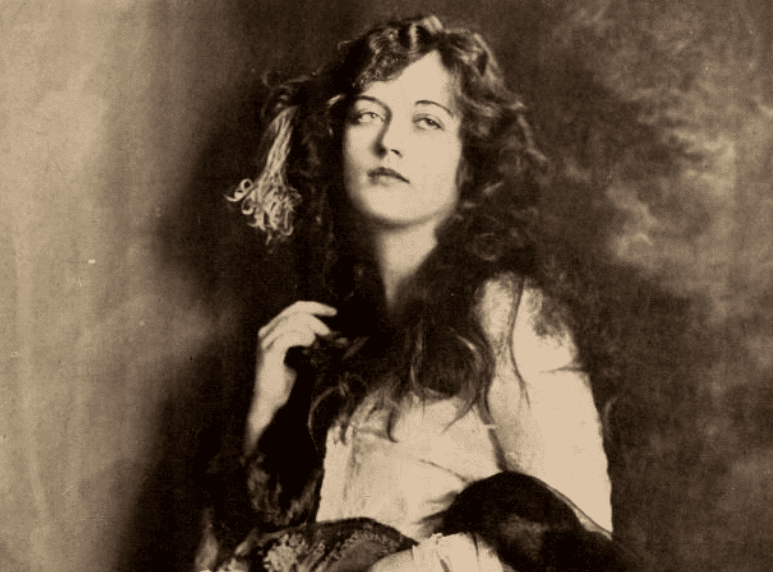 Campbell Studios, Wikimedia Commons
Campbell Studios, Wikimedia Commons
2. She Was Born To Be A Star
Marion Davies wasn’t the only one in the family with a penchant for performing. She was the youngest of five children, and her older sisters Ethel, Rose, and Reine were all involved in show business even as kids. Little Marion grew up with a desperate desire to be in the limelight—and she’d do just about anything to achieve it. Still, that doesn’t mean that life didn’t get in the way…
3. They Lost One Of Their Own
Aside from her three sisters, Marion Davies also had a beloved older brother named Charles. Sadly, when she was very young, tragedy struck. In 1906, Charles, then 15, drowned. The loss devastated the Davies family, but years later, they made a heartbreaking tribute to their fallen sibling. Reine named her son Charles—and he was Marion’s favorite of her nephews and nieces.
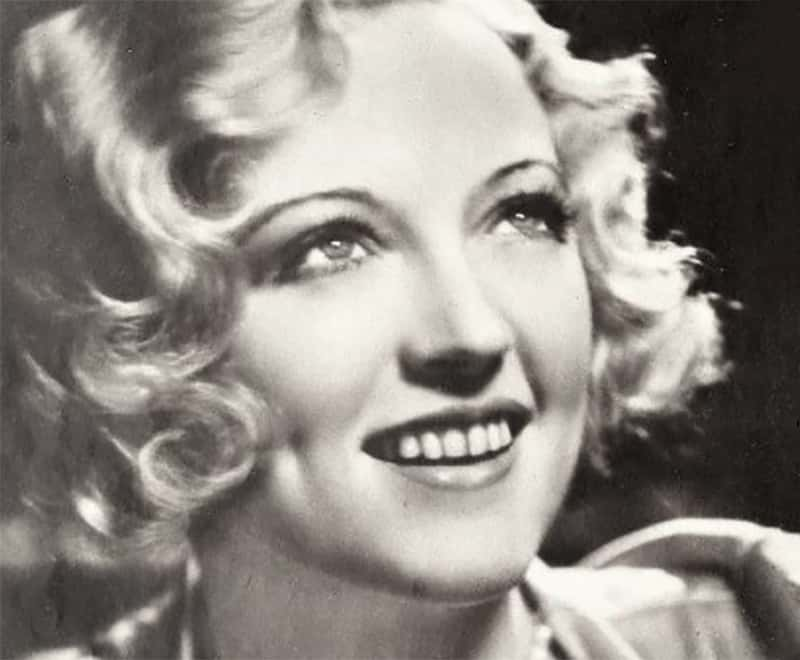 Movie Classic, Wikimedia Commons
Movie Classic, Wikimedia Commons
4. She Was Self-Made
Marion Davies didn't wait for anyone to come around and discover her. As soon as she finished school, she began to appear as a chorus girl, eventually making her way up to the famous Ziegfeld Follies. But Davies had much bigger ambitions—she desperately wanted to be an actress. The Follies just weren’t enough for her—but there may have been a sinister reason why.
5. They Were In High Demand
All kinds of young actresses and singers wanted a position in the Ziegfeld Follies—but they actually had a disturbing dark side. The girls, including Davies, were in high demand. Male fans relentlessly pursued them, and many went to extreme lengths to get to them. Crowds would gather at the stage door where the girls entered and exited. While Davies was determined to be a star, she was still just a young woman. Their dogged attention intimidated her—and that wasn’t all.
6. Their Audience Was Terrible
Davies later revealed that some audience members at the Follies were worse than others. She loathed college students, and Yale men in particular. On one particularly disastrous night, a group of Yale students actually threw tomatoes and rotten eggs at Davies and her co-stars when they didn’t like the show. However, rude audience members weren’t the only reason why Davies was miserable…
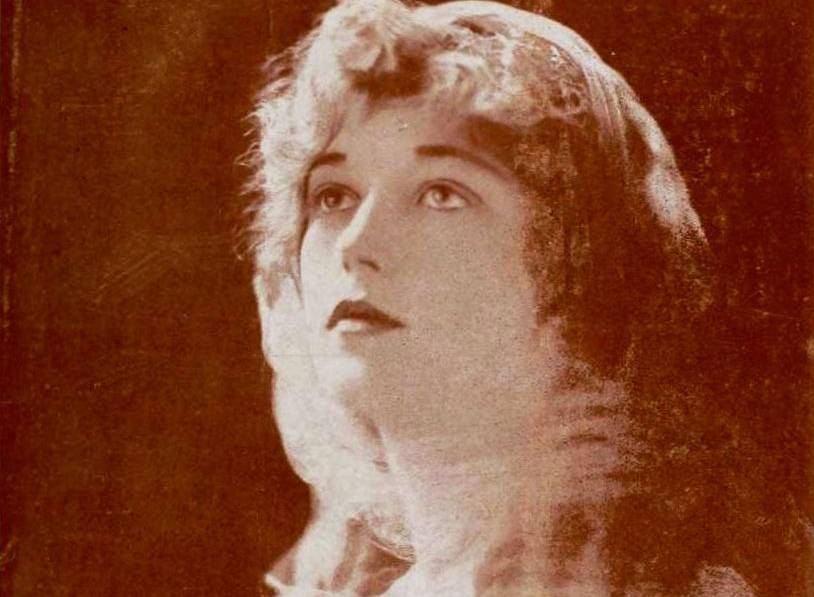 Ardsley Art Film Corporation, Wikimedia Commons
Ardsley Art Film Corporation, Wikimedia Commons
7. They Didn’t Give Her A Chance
Davies may have been determined to be an actress—but there was one heartbreaking factor holding her back. She suffered from a strong stammer. It affected her ability to perform, and her bosses at the Follies wouldn’t give her any speaking parts as a result. Still, she was able to take part in the dancing routines—and soon enough, she’d catch the eye of a mysterious stranger.
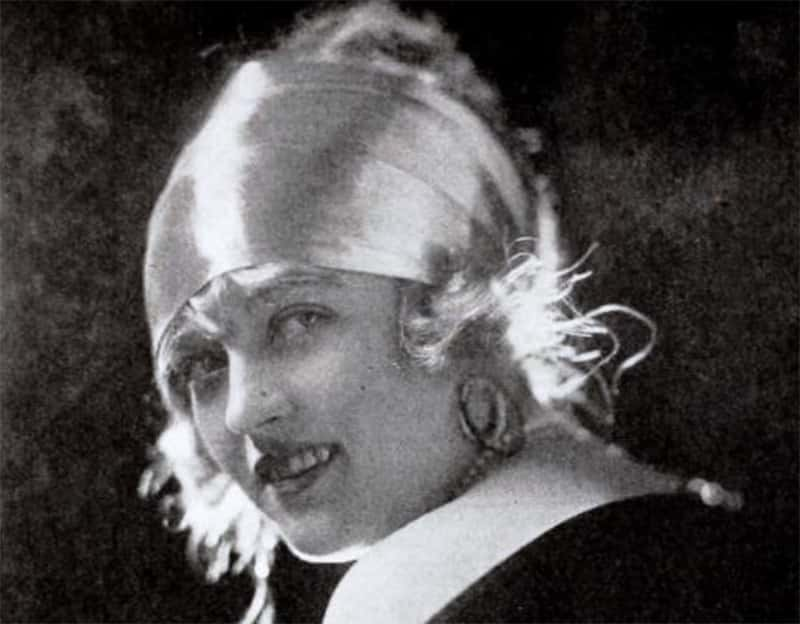 Unknown Author, Wikimedia Commons
Unknown Author, Wikimedia Commons
8. She Had A Serious Fan
One evening, a very special guest visited the Follies and set his sights directly on Davies. Newspaper tycoon William Randolph Hearst had sat front row at a number of Ziegfeld Follies performances before, and had taken a shining to many of the girls on the chorus line, but this time was different. While he had many favorites that he would shower with gifts, he took a particular liking to Davies. However, the feeling wasn’t exactly mutual.
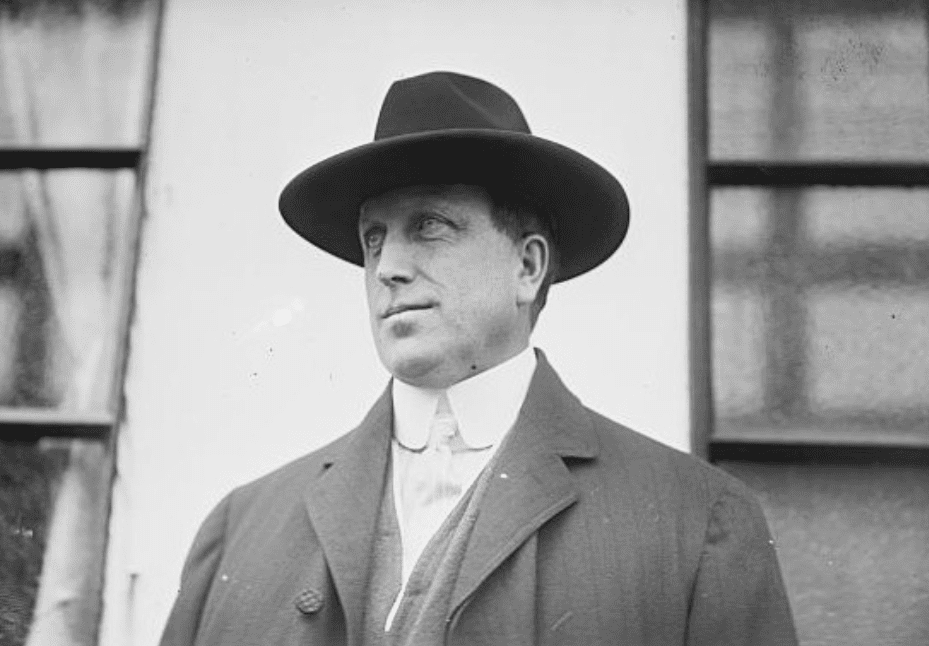 Bain News Service, Wikimedia Commons
Bain News Service, Wikimedia Commons
9. He Scared Her
Hearst absolutely terrified Davies, who was then still just a teenager. The other girls warned her about him, calling him a “wolf in sheep’s clothing”—and then it got worse. Every night for eight weeks, Hearst sat front row at the Follies so that he could watch Davies. While he sent her gifts, he didn’t really approach her. Perhaps it was because he was hatching a bizarre plan to meet her on his own terms.
 Lionsgate, The Cat's Meow (2001)
Lionsgate, The Cat's Meow (2001)

History's most fascinating stories and darkest secrets, delivered to your inbox daily.
10. He Set It All Up
While appearing in the Follies, Davies also modeled on the side. One day, a Broadway studio hired her to appear in a series of photos where she wore elaborate costumes, including one of a Japanese geisha and another of a virginal bride. As she posed, she made a horrifying realization. Hearst, her low-key stalker, was lurking in the background of the photo studio. Terrified, she ran off set and locked herself in her dressing room.
She later learned that he’d arranged the entire shoot. However, her reaction did the trick, and Hearst quickly departed the studio without speaking to her. After that debacle, he left her alone…or at least, he did for a while.
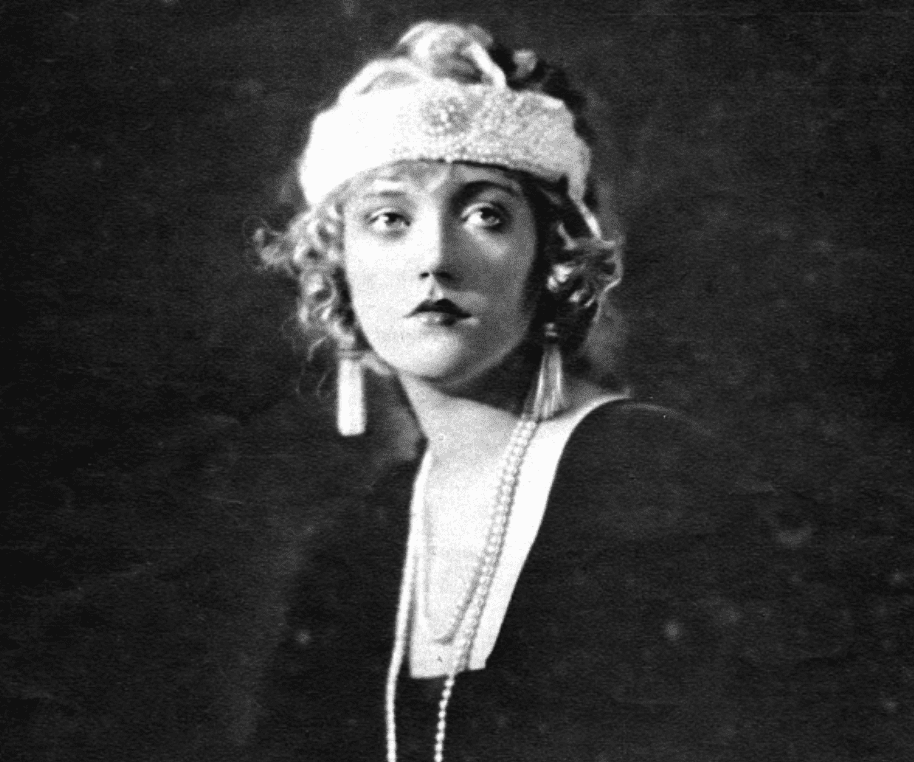 Alfred Cheney Johnston, Wikimedia Commons
Alfred Cheney Johnston, Wikimedia Commons
11. She Put A Plan In Motion
At this point, Marion Davies was sick of the Ziegfeld Follies. She set her sights on launching her career as an actress—and she came up a very unconventional plan to do so. In 1917, when she was barely 20 years old, Davies wrote her own film, which she titled Runaway Romany. She then enlisted her brother-in-law to direct.
While this kind of gambit might seem commonplace today, it was basically unheard of at the time. Sadly, disappointment lay ahead for Davies.
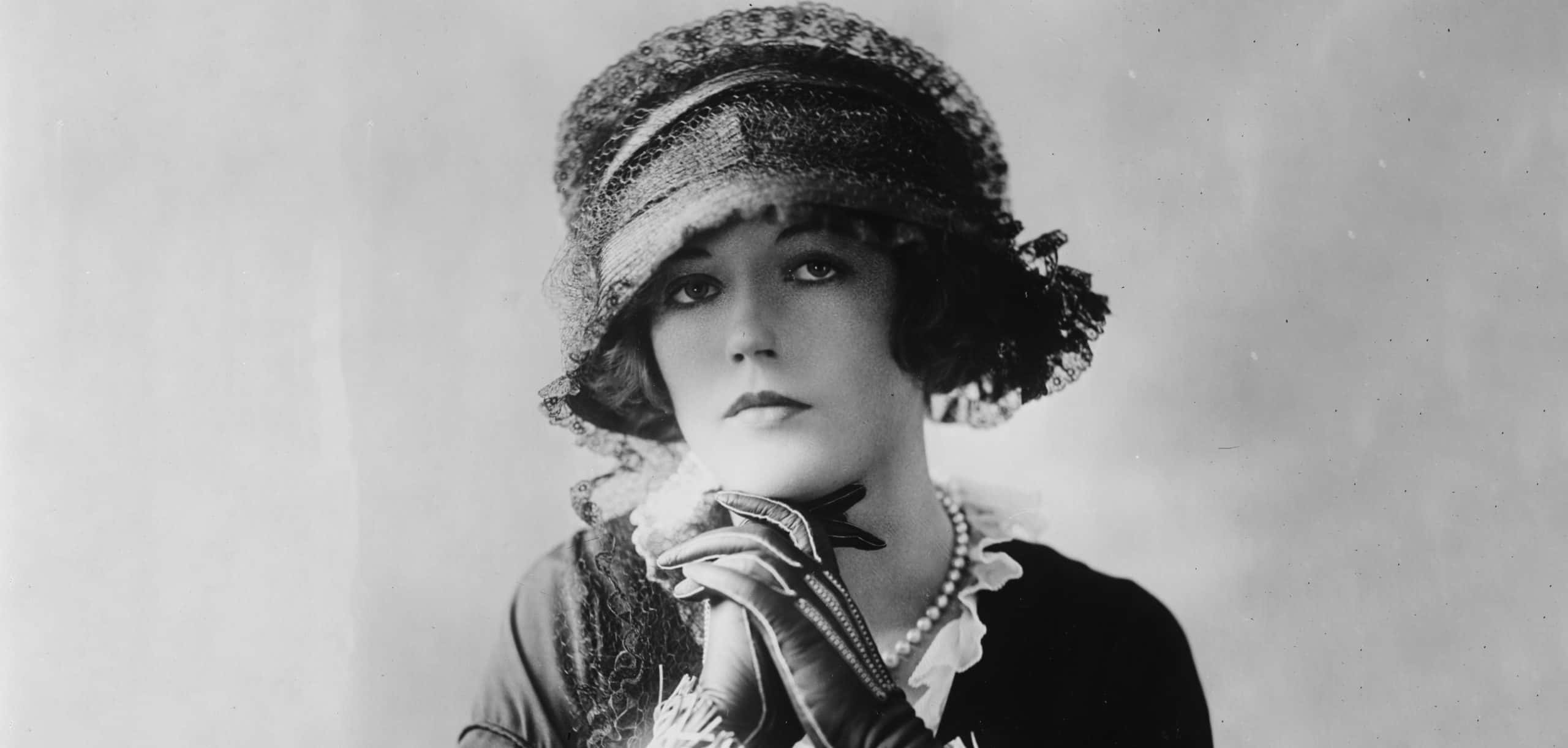 Bain News Service, Wikimedia Commons
Bain News Service, Wikimedia Commons
12. There Was One Way Up
Runaway Romany was a flop with critics and at the box office. However, Davies was undeterred. She continued to appear on Broadway—that is, until fate came knocking on her door. For Davies, it came in the form of a chilling figure from her past. Newspaper tycoon and former stalker William Randolph Hearst was determined to give Davies everything she wanted.
She wanted to be a star…so he made her one.
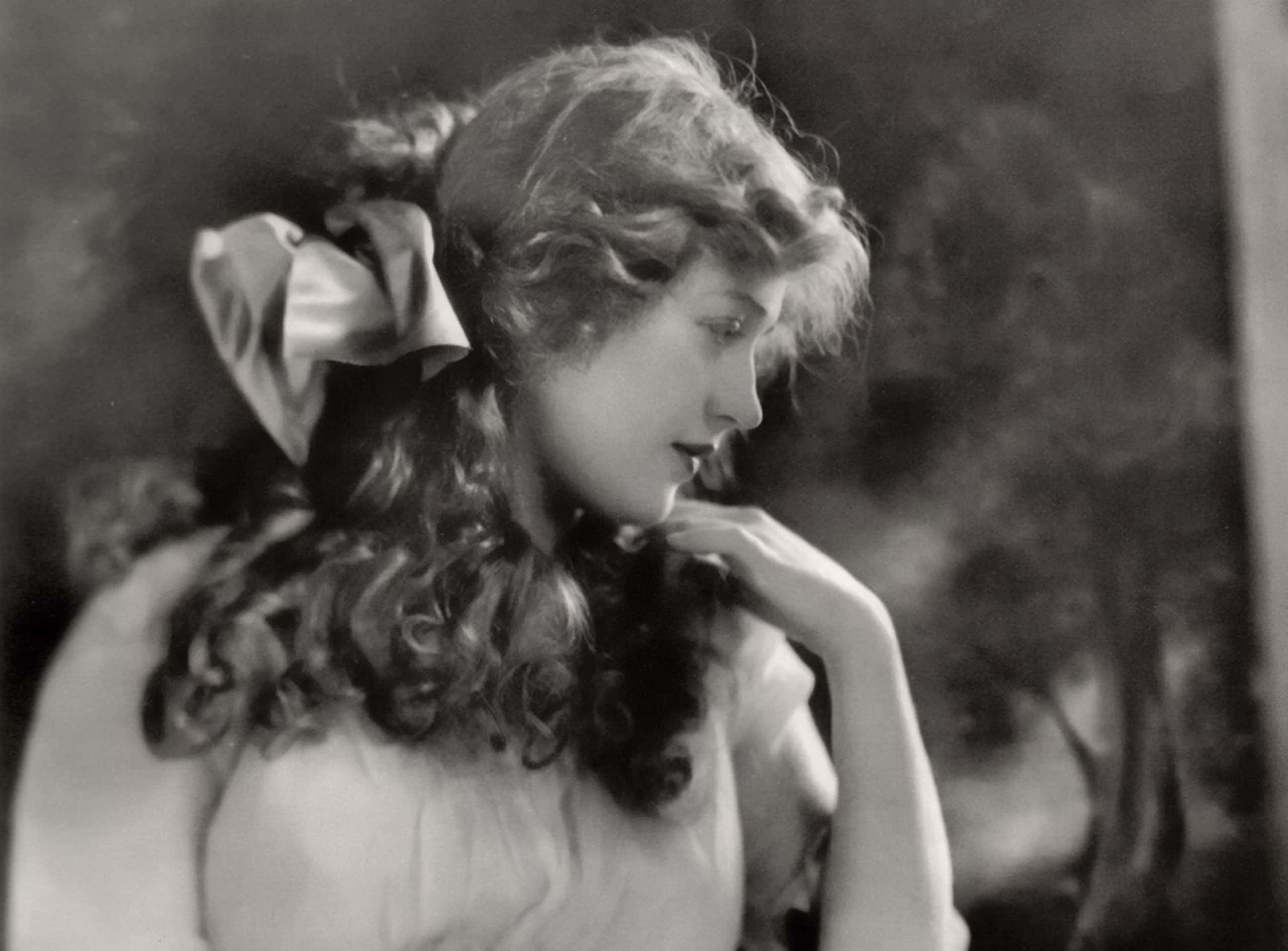 Donaldson Collection, Getty Images
Donaldson Collection, Getty Images
13. One Signature Changed Her Life
Marion Davies wasn’t exactly in a place to say no to Hearst. After all, he had nearly unlimited resources at his disposal. In 1918, he formed Cosmopolitan Pictures. The first actress he signed? You guessed it. Davies agreed to a $500-per-week exclusive contract—a dream come true for an actress her age. But Davies got more than she bargained more. As soon as the contract was signed, she began a physical relationship with the very-much-married Hearst.
They might not have been married themselves, but their relationship was very much a “for better or for worse” situation, with an emphasis on worse.
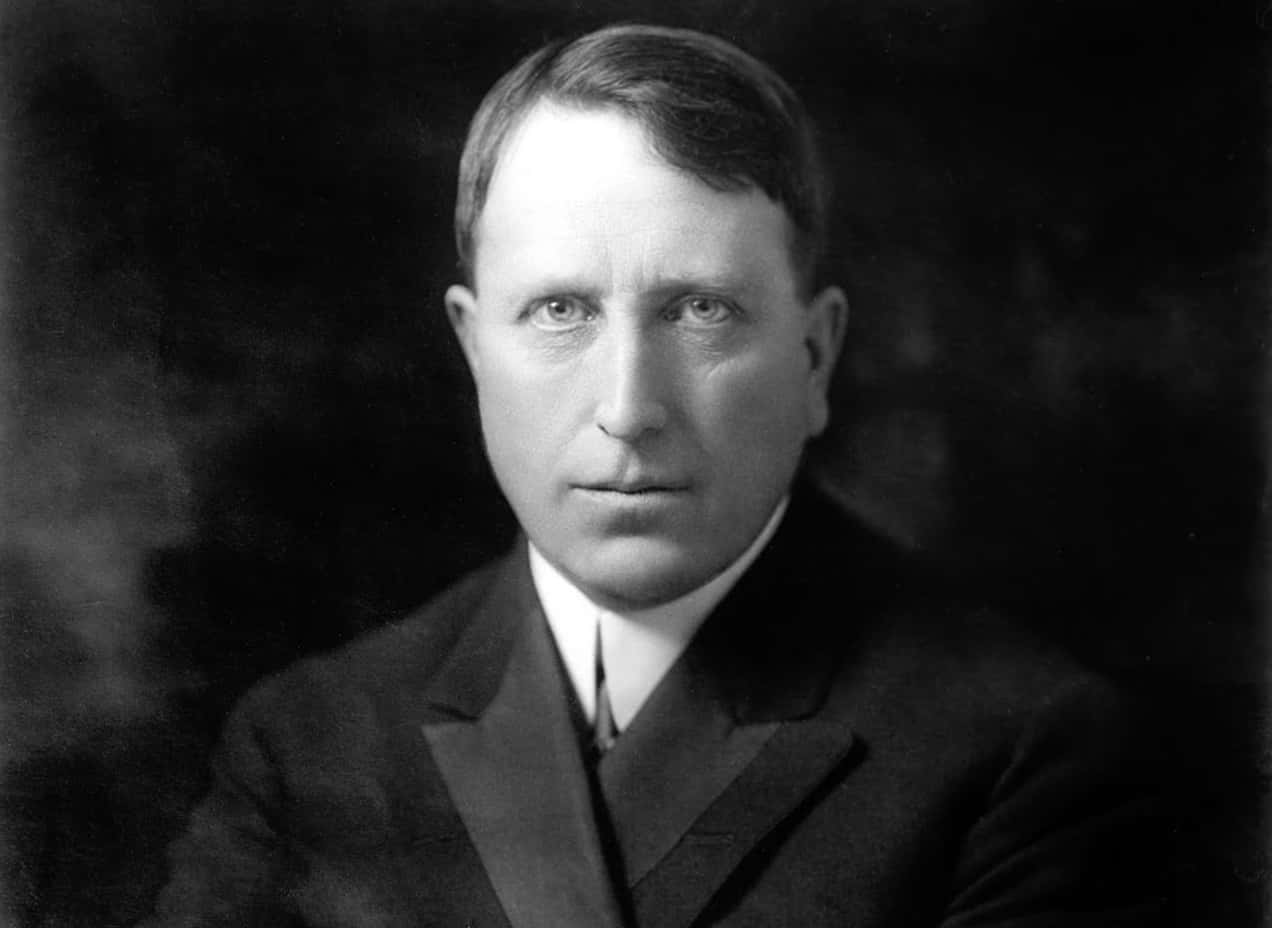 Unknown Author, Wikimedia Commons
Unknown Author, Wikimedia Commons
14. He Threw His Weight Behind Her
She may have been scared of him in the past, but it turned out that Hearst was exactly the right person to tie her hopes of fame and fortune to. After all, she didn’t have to work to get good press. He owned the largest newspaper and media chain in the country. He just gave it to her. Sources estimate that Hearst spent over $7 million promoting Davies’ career, and it worked…at least, at first.
15. They Were The Toast Of The Town
When Davies signed with Cosmopolitan Pictures and hooked up with Hearst, she got the total package. He got a lavish townhouse in NYC for Davies, which her mother and sisters also moved into. They went to countless premieres and parties together, and became wildly popular in elite social circles in Manhattan and Hollywood.
Despite the small factor of, ahem, Hearst being married the whole time, they were a very in-demand couple—thanks in no small part due to Davies’ charm.
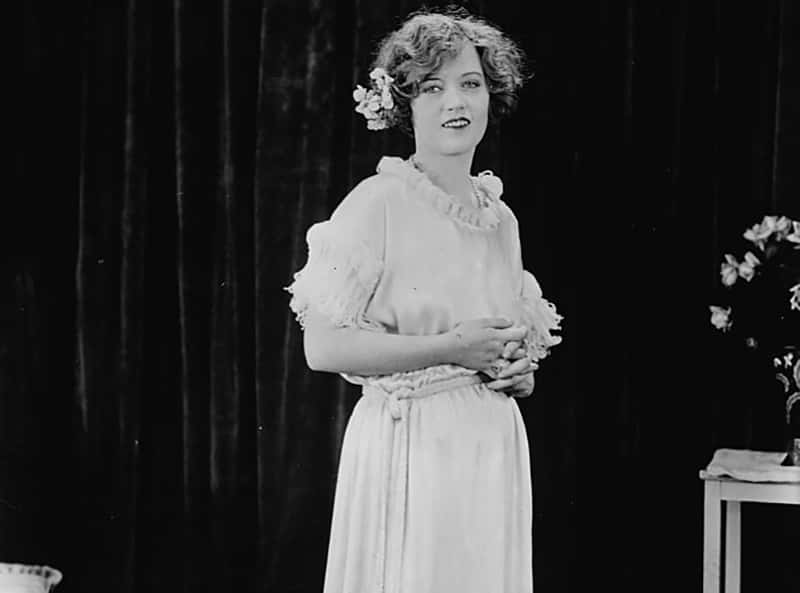 Bain News Service, Wikimedia Commons
Bain News Service, Wikimedia Commons
16. She Pranked A President
As Marion Davies started to make it in Hollywood, people remembered her for her roaring sense of adventure and her wicked sense of humor—and occasionally, she’d take it too far. The good-time gal even tricked then-President Calvin Coolidge into getting sauced. How did she do it? She told the Head of State that the wine he was drinking was harmless fruit juice, then watched the fun unfold.
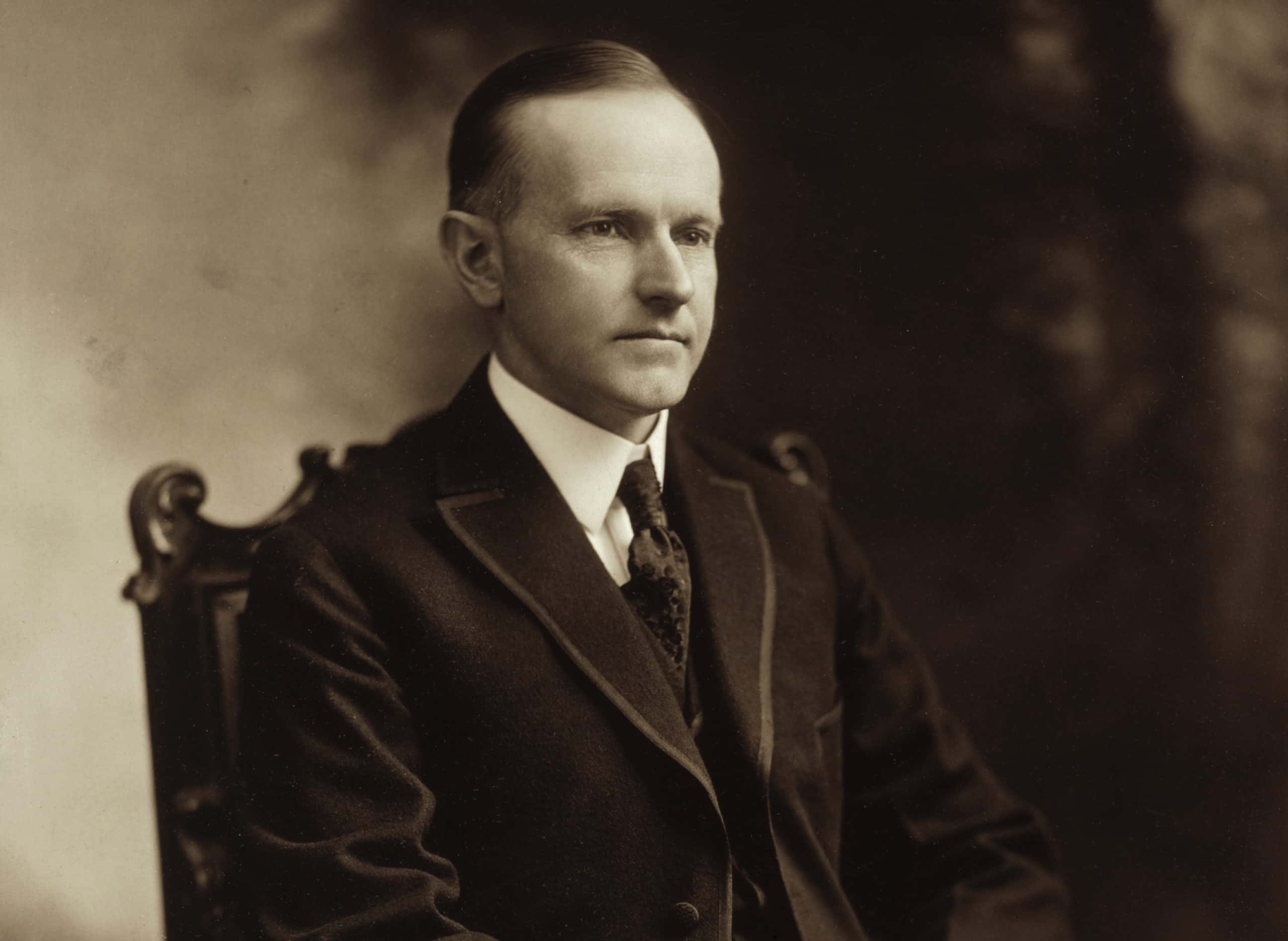 Notman Studio, Wikimedia Commons
Notman Studio, Wikimedia Commons
17. She Was A Giver
During her time in Hollywood, people didn’t just love Davies for her parties and thrill-seeking personality—they also knew for her big heart. She may have been lucky enough to have a generous benefactor, but she made sure that she spread the wealth. Her contemporaries shared countless tales of her exceptional kindness to the casts and crews of films she worked on.
In fact, she made it a regular practice to anonymously pay the medical bills of crew members who were ill.
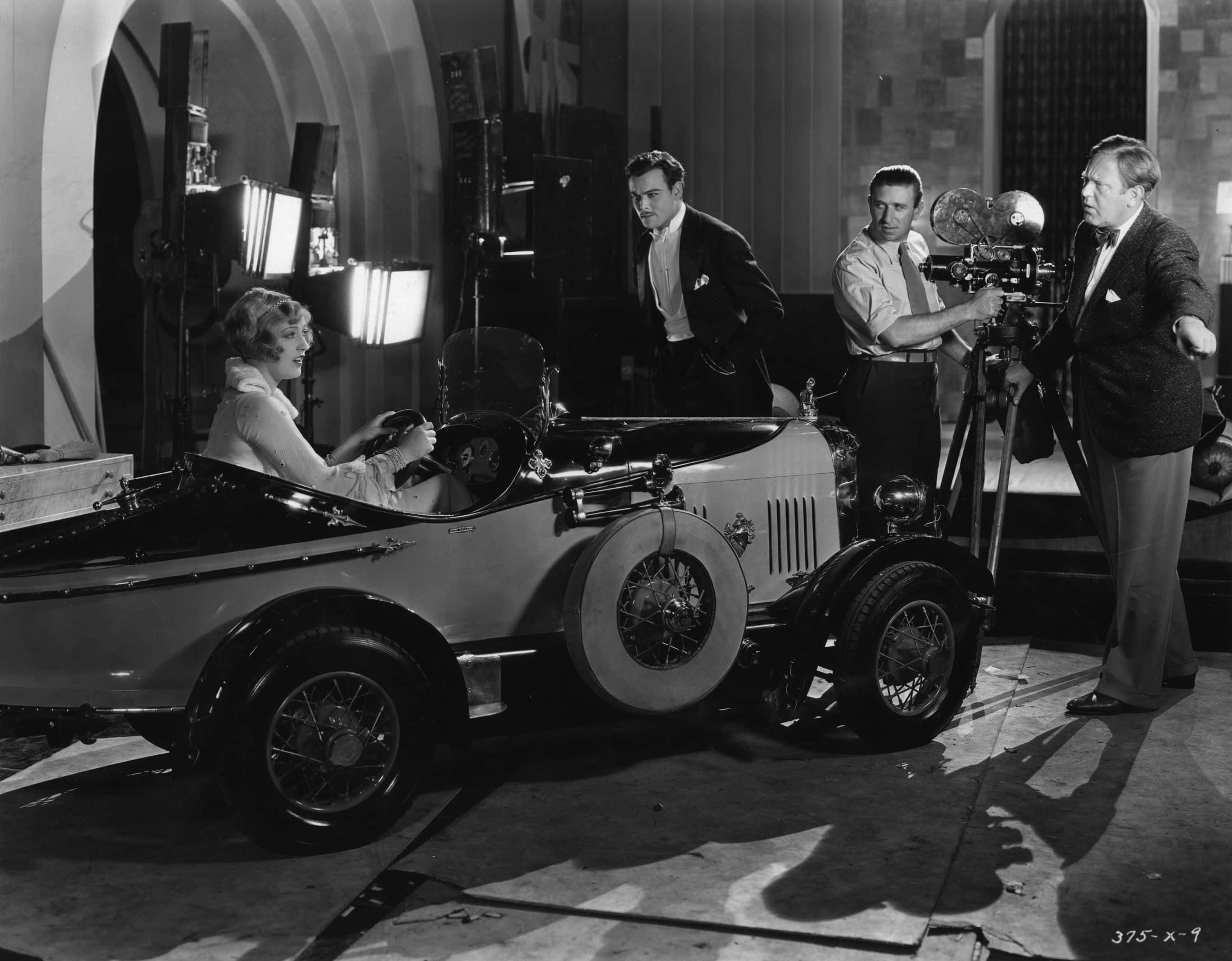 General Photographic Agency, Getty Images
General Photographic Agency, Getty Images
18. She Was A Huge Draw
After Hearst’s Cosmopolitan Pictures signed her, there was no slowing Marion Davies down. Beginning in 1918, Davies appeared in an average of three films a year for the next ten years, and they were basically all hits. In fact, she was so successful that theater owners gave her the title of “Queen of the Screen” in 1924—but behind the scenes, she still struggled.
19. He Controlled Her
Just because Davies and Hearst were the toast of the town didn’t mean that their relationship was perfect. In fact, it had a chilling dark side. Hearst’s devotion to Davies often bordered on obsession, and he was wildly jealous. He even controlled who she acted with, often insisting that she be cast opposite middle-aged or gay leading men, lest she accidentally fall in love with a heartthrob on set—and that wasn’t all.
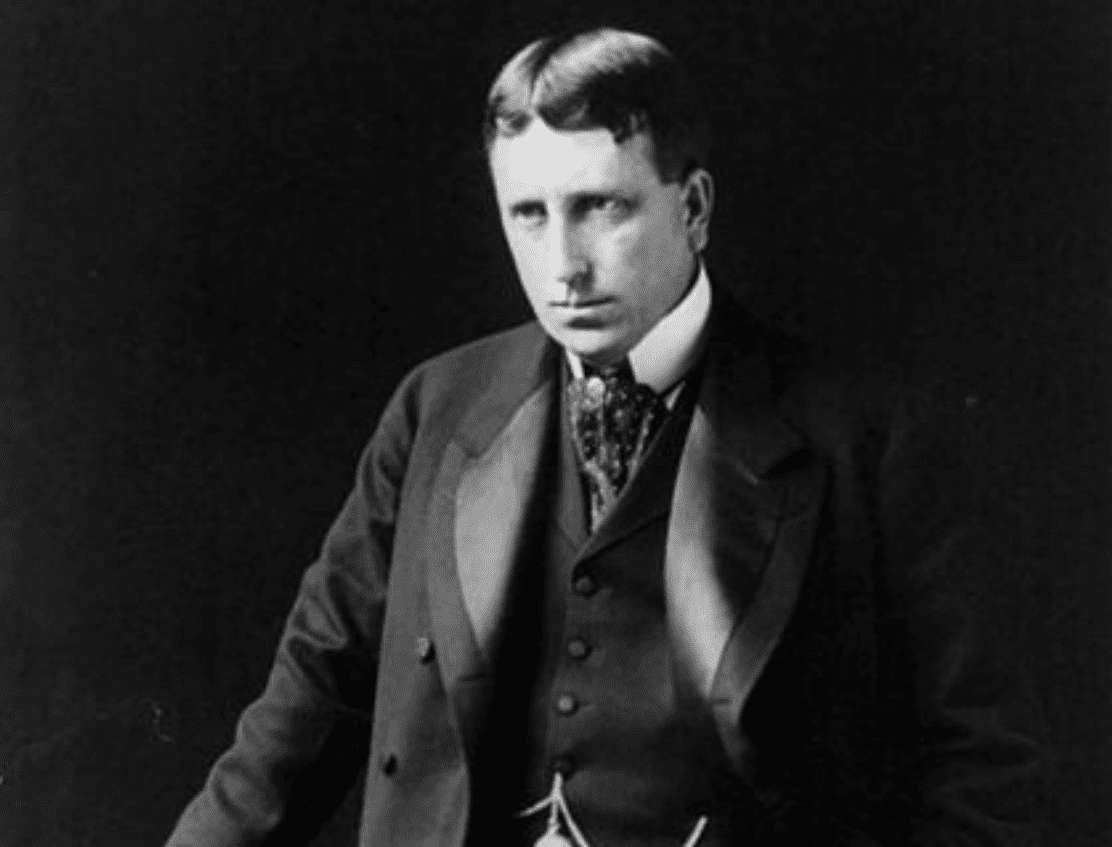 B. M. Clinedinst, Wikimedia Commons
B. M. Clinedinst, Wikimedia Commons
20. It Hurt Her Career
Davies’ peers recognized that making people laugh was her forte, and she had always fared best in comedies during her time on Broadway—but Hearst had his own plans for her. He preferred to see her in costume dramas and demanded that producers cast her in historical pieces. Hearst may have thought he was helping Davies, but many agree that he actually did more to harm her career than anything else.
 Paramount, When Knighthood Was in Flower (1922)
Paramount, When Knighthood Was in Flower (1922)
21. He’d Go Too Far
Hearst occasionally let his obsession with Marion Davies go too far—and sometimes, it resulted in absolutely ridiculous moments. For example, Hearst once purchased the Cameo Theater in San Francisco, remodeled it, and then named it "The Marion Davies Theater." The cinema was just down the street from his offices. If he looked out of his window, he could see the neon letters spelling out her name at all hours of the day.
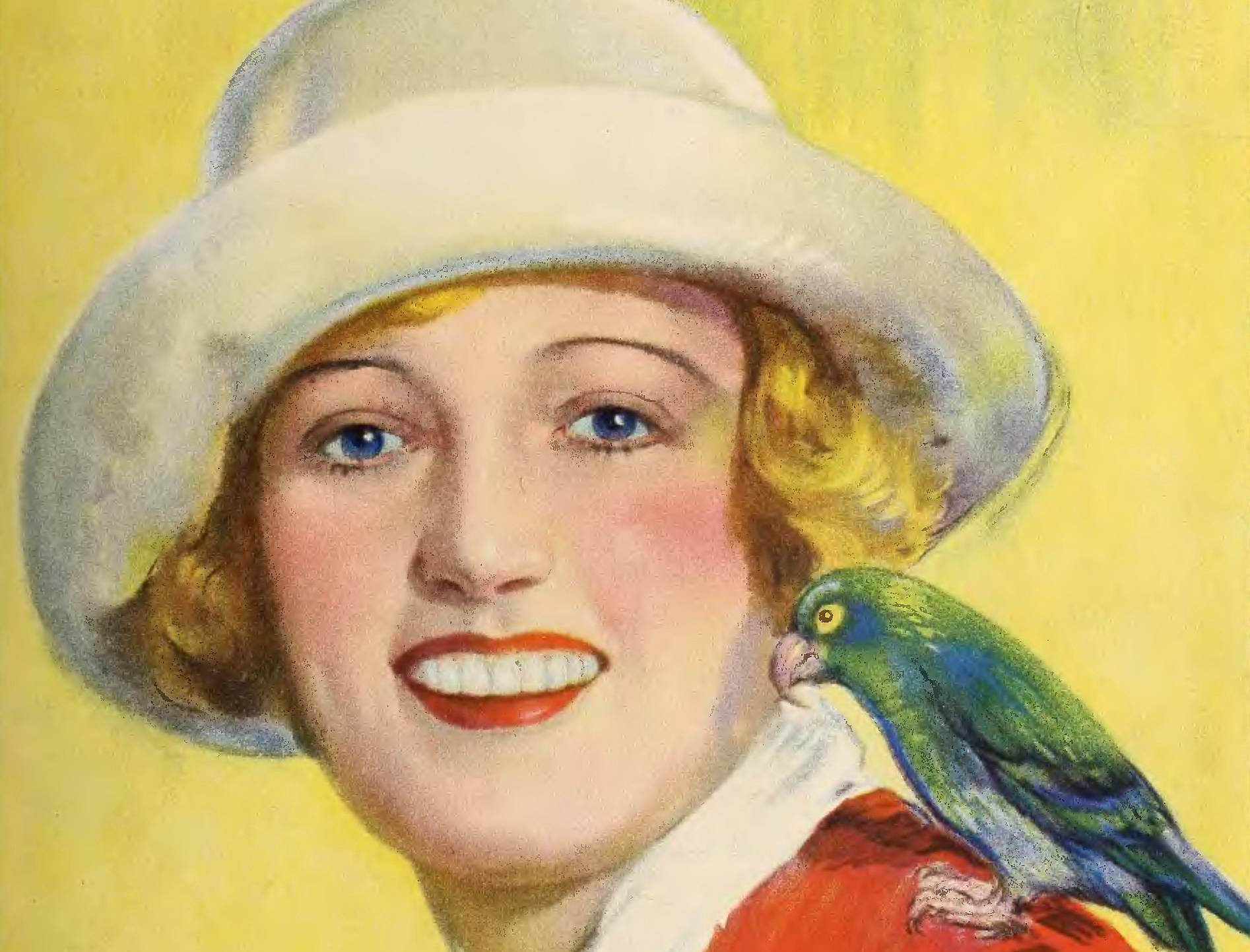 Unknown Author, Wikimedia Commons
Unknown Author, Wikimedia Commons
22. She Looked Out For Others
Even as she climbed the ranks in Hollywood, Davies still had a heart of gold. She’d grown up admiring the work of silent film actress Florence Turner, who’d once been one of the most famous women on screen. Turner had left the US for London before WWI. By the time the conflict was over, Hollywood had all but forgotten her name, and she was left in poverty.
When Davies found this out, she helped Turner and her mother return to the US, and even found a job for her at a production company.
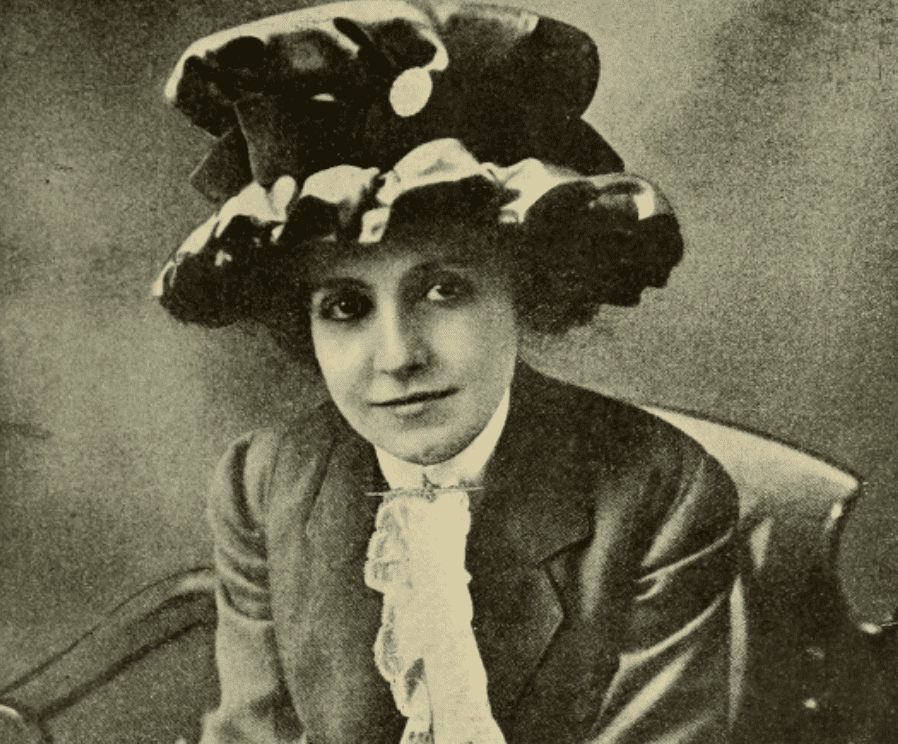 Vitagraph Studios, Wikimedia Commons
Vitagraph Studios, Wikimedia Commons
23. She Wouldn’t Set Them Free
Throughout the roaring 20s, Hearst and Davies were inseparable—despite the fact that he was still married to his first wife, Millicent Willson. Willson refused to grant him a divorce, but that didn’t really stop Hearst and Davies. While Willson wouldn’t totally admit defeat, she did move to New York in 1926, and Hearst and Davies wasted no time shacking up—and boy, they picked quite the place.
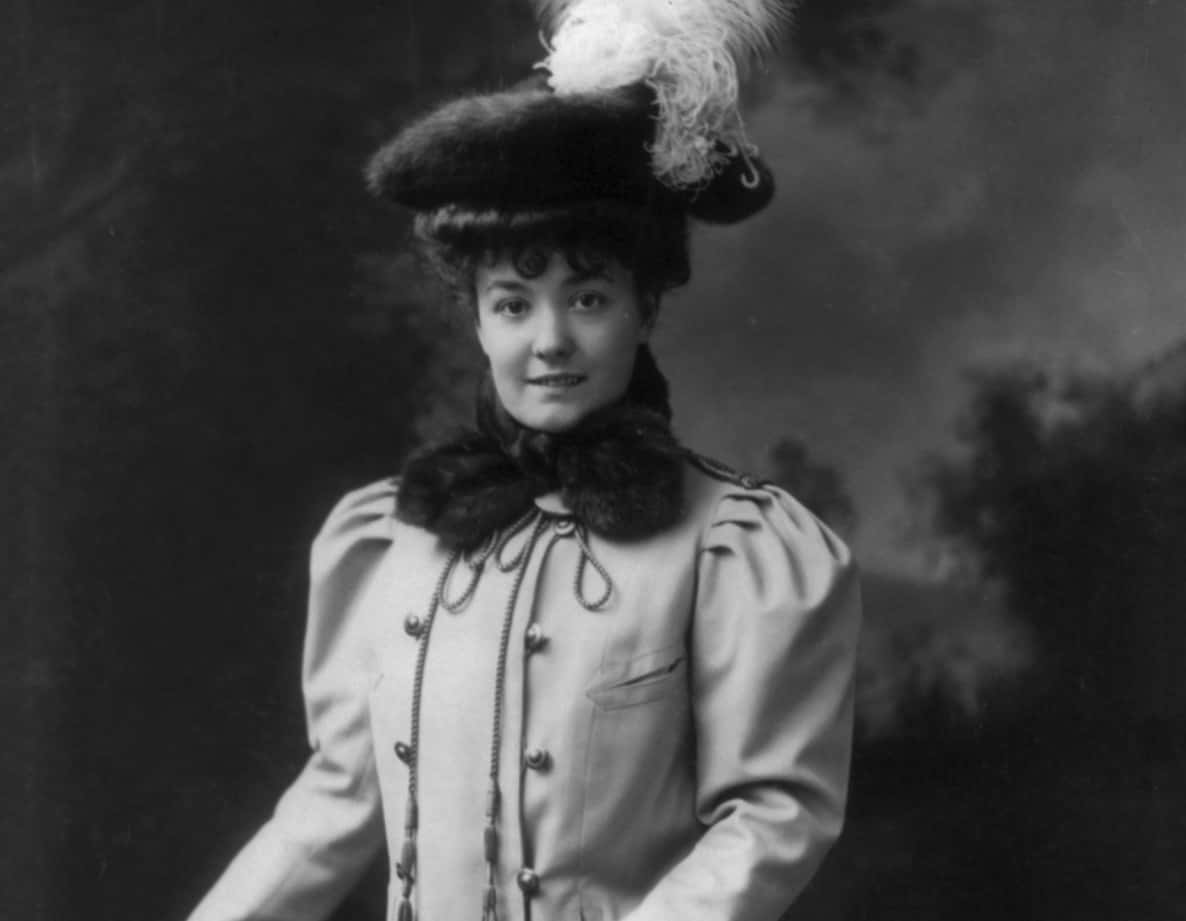 James E. Purdy, Wikimedia Commons
James E. Purdy, Wikimedia Commons
24. They Didn’t Try To Hide It
After Willson left Hollywood, Hearst and Davies moved into Hearst Castle, which he had begun to build in 1919. It was a beautiful, palatial estate overlooking the Pacific Ocean, and there, Hearst and Davies hosted a score of Hollywood luminaries. While they were not official “on paper,” they never really tried to keep their affair a secret, and it was known as “the worst kept secret in Hollywood.”
Considering how things ended up, maybe she should have pushed him to seek out a divorce…
 Jim G, CC BY 2.0, Wikimedia Commons
Jim G, CC BY 2.0, Wikimedia Commons
25. It Was Paradise
Among the stars who were regular guests at Hearst Castle were legends like Clark Gable, Carole Lombard, Bing Crosby, Charlie Chaplin, Buster Keaton, and so many more. It was an experience straight out of a movie: A private train would pick up guests at Glendale Station and take them to the property, which also had an airstrip. Their hosts, Davies and Hearst, would then greet them before they enjoyed a weekend of activities like horseback riding, golf, picnics, and tennis.
But those weren’t the only activities that happened at Hearst Castle.
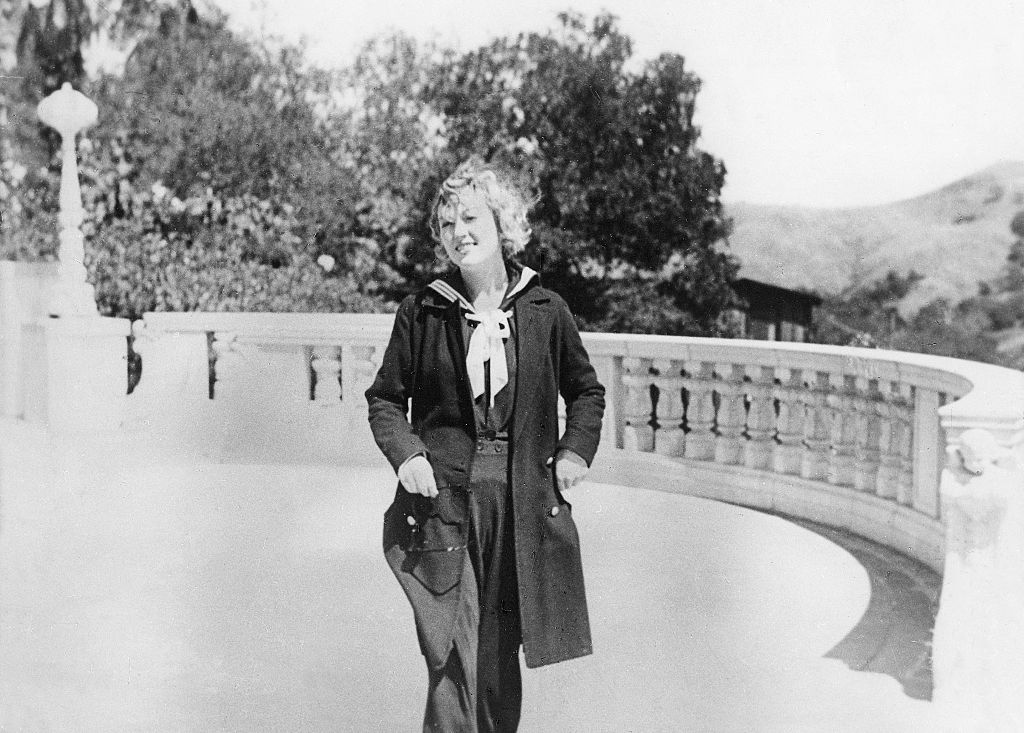 ullstein bild Dtl., Getty Images
ullstein bild Dtl., Getty Images
26. She Had A Problem
Marion Davies and Hearst generally left their guests to their own devices, with one exception. They expected everyone to gather for cocktails at 7:30 PM on the dot on Saturday nights, and there was one very serious set of rules they were expected to follow. Hearst limited each guest to one cocktail, and forbade them from keeping alcohol in their rooms—all for a disturbing reason.
Davies had developed something of a drinking problem, and this was Hearst’s way of trying to keep it under control. Still, guests often broke the rule…and Marion frequently found her way to the bottle anyway.
27. He Broke Her Heart
Davies and Hearst were hosting the best parties in Hollywood—but behind closed doors, there was trouble in paradise. As if a wife and a mistress wasn’t already enough, Hearst continued his womanizing ways throughout the 20s, and cheated on Davies frequently. He even had an ongoing dalliance with another blonde chorus girl—but one day he went too far.
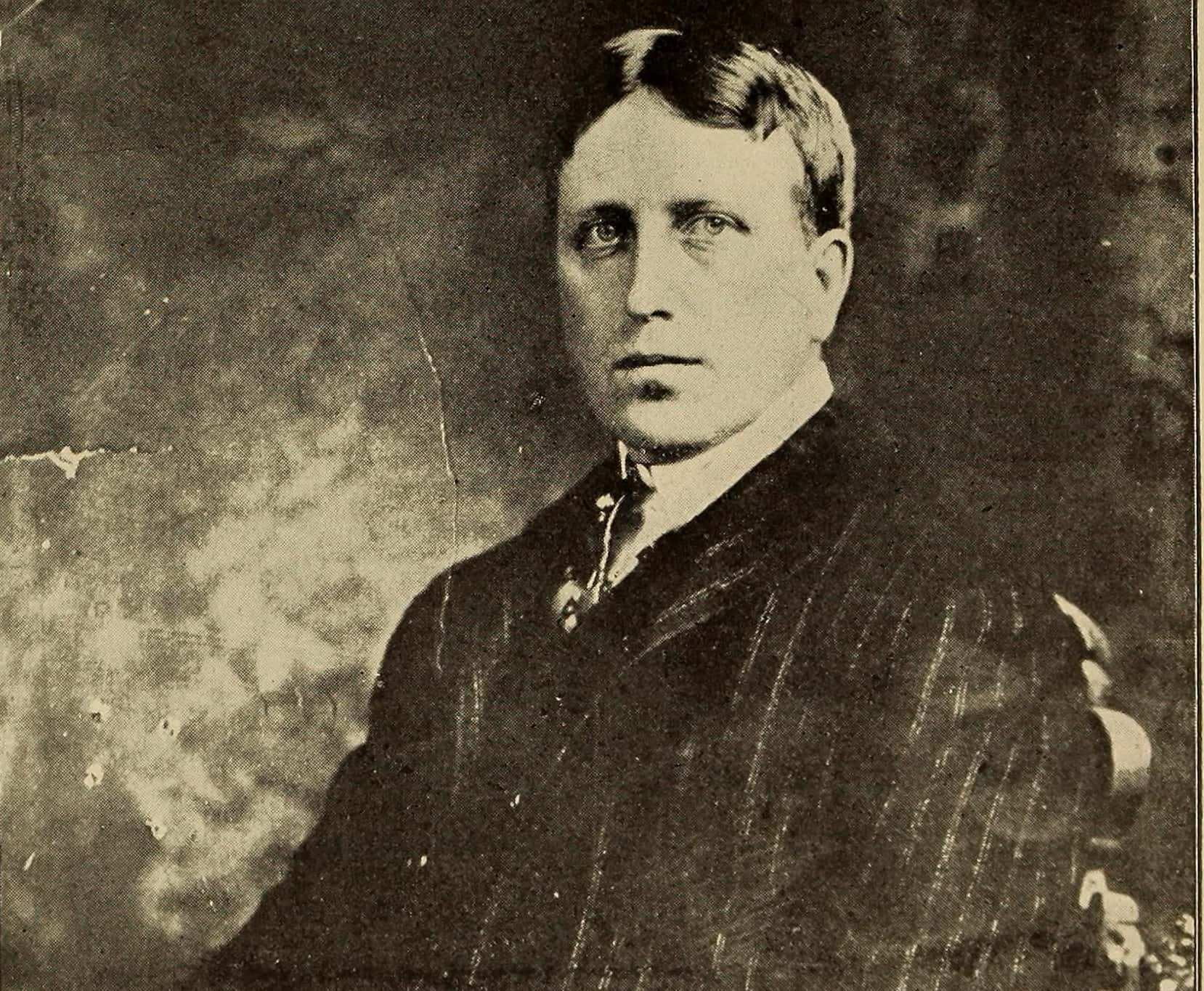 Internet Archive Book Images, Wikimedia Commons
Internet Archive Book Images, Wikimedia Commons
28. She Turned The Tables
Hearst had spent years using his newspapers to promote Davies’ film career. So, one morning she opened up the paper, expecting to see her name in there—only to make a heartbreaking discovery. One of Hearst’s arts critics was in there, touting chorus girl Maybelle Swor, the very woman who was having an ongoing affair with Hearst. Davies was absolutely furious—and as Hearst soon learned, two could play at that game.
29. She Stepped Out
Despite his wandering eye, Hearst was still wildly jealous when it came to who Davies spent time with—and she used that knowledge to really rile him up. Davies had dalliances with male friends in their circle, but one hit harder than the rest. Despite the fact that she was a confidante to Lita Grey, Charlie Chaplin’s second wife, she had an affair with him. Not only did it break Grey’s heart, it infuriated Hearst—and the consequences were dire.
30. They Were At The Center Of A Scandal
During this tumultuous period in their relationship, Hearst was also trying to nail down a business deal with legendary film producer Thomas Ince. It all came to a head during one fateful weekend, which put Davies directly at the center of a chilling mystery. On that weekend, in 1924, Hearst invited Ince to join him, Davies, and a number of other guests aboard his yacht.
Ince barely it home, and within days, he was dead. Soon after, the rumors began to fly.
 Unknown Author, Wikimedia Commons
Unknown Author, Wikimedia Commons
31. It Seemed So Simple…At First
While aboard the yacht, Ince had experienced some stomach pain, which led him to depart with a doctor. He made his way home, where he passed on. The doctors that examined him came to the conclusion that it was a heart condition that took his life—so why was the headline that next morning “Movie Producer Shot on Hearst Yacht!” To make things even stranger, that headline disappeared from the evening edition of the same paper later that day.
Soon enough, those newspapers would drag Davies’ name into it as well.
 USN Photograph NH 103550, Wikimedia Commons
USN Photograph NH 103550, Wikimedia Commons
32. Everyone Knew They Were Fooling Around
People began to spread rumors that Hearst had actually been the one to slay Ince—and the reason why was shocking. Many whispered that Hearst, enraged with jealousy over Davies’ affair with Chaplin, had meant to shoot the star…but had shot Ince instead after mistaking him for Chaplin. None of the guests who had been aboard the yacht that night would talk to law enforcement, which only caused the speculation to intensify.
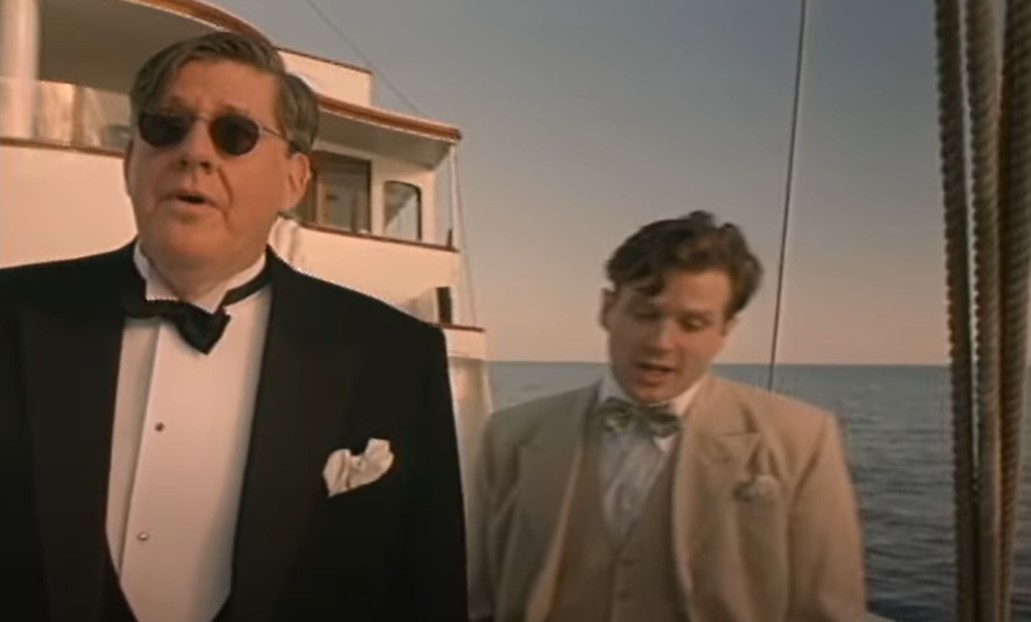 Lionsgate, The Cat's Meow (2001)
Lionsgate, The Cat's Meow (2001)
33. He Controlled The Narrative
There was one handy tool that Hearst had on his side—the fact that he owned a not-insignificant amount of the country’s major newspapers. Between this and the fact that the law enforcement released a statement confirming that the cause of Ince’s dark end had been a heart issue, the stories about what had happened on the yacht eventually began to fade into the background—but the damage was done.
 Lionsgate, The Cat's Meow (2001)
Lionsgate, The Cat's Meow (2001)
34. It Affected Them Both
After all the attention from both the press and law enforcement, Hearst and Davies faded a bit into the background, preferring to keep a lower profile. It probably didn’t help that he and his companies were bleeding money—after all, didn’t we mention what it took just for him to promote Davies’ career just on his own channels? Here’s a refresher…it was $7 million.
And with the end of the 1920s approaching, it was about to get a lot worse for Hearst’s fortune.
 Ruth Harriet Louise (1903–1940), Wikimedia Commons
Ruth Harriet Louise (1903–1940), Wikimedia Commons
35. He Had People At His Disposal
Hearst could still flex his proverbial muscles, though, and there was one gossip columnist that he definitely had under his thumb. Her name was Louella Parsons, and while many feared her poison pen, Marion Davies never had to worry about her. In fact, Parsons had a near-constant catchphrase that came into play whenever one of Davies’ movies came out: “Marion never looked lovelier.”
Some speculated that Parsons had been one of the many guests aboard the yacht where Thomas Ince was before he fell ill and perished. After all, she did get promoted around that time…
36. He Brought Her Down
Davies continued to appear in hit films, and while she was still at the top of the box office, it was clear that her close association with Hearst was overshadowing her career. He couldn’t stop himself. He’d have her name put up in lights on block after block in New York, and her face plastered across his newspapers. It backfired, and eventually, people began to get sick of her. Still, it didn’t really matter to Davies.
37. He Couldn’t Leave Her
Davies remained devoted to Hearst, even though he wouldn’t divorce his wife for her—although he once came close before ultimately deciding that it would cost him too much money. Davies went along with it, even telling one of her friends that she’d never leave him because of the way that he saw her value. Still, he wasn’t the only one…
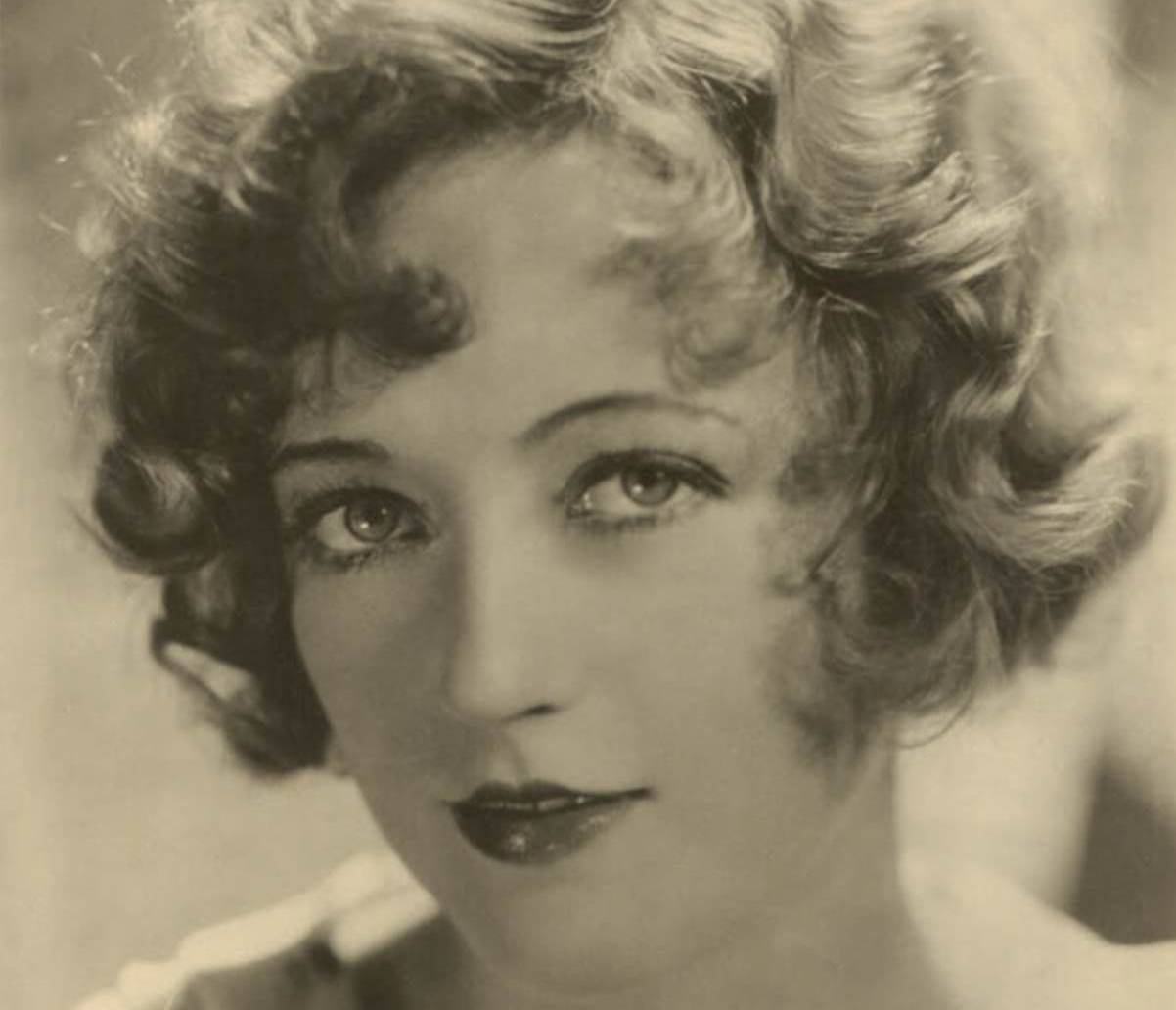 Unknown Author, Wikimedia Commons
Unknown Author, Wikimedia Commons
38. He Finally Let Her Have Some Freedom
Hearst only wanted her to play sweet, innocent roles—especially ones where she didn’t have to kiss a male co-star—but Marion Davies wanted to do more comedic roles, like the ones her ‘friend’ Charlie Chaplin was known for. When the couple hosted parties, Davies would often entertain her pals by doing imitations of famous actors and actresses, and she finally got to use this knack in the 1928 comedy The Patsy. Hearst had forbid her for years from doing these types of films—but his reaction to this one was extraordinary.
Davies was so good in it that he finally recognized her talent and encouraged her to keep making films with the same director. Sadly, this happy period wouldn’t last long.
39. He Was Really Extra
As the turn of the decade approached, Davies faced new challenges with aplomb. Davies, who still suffered from a stutter, watched as audiences left silent movies behind and flocked to the “talkies,” as they were called. She worried that she wouldn’t be able to perform, but producers still cast her in a number of films. Still, Hearst’s domineering presence was distracting and harmful.
After a director refused to cast Davies, he pulled support from the director’s studio, and in another incident, he insisted on directing Davies in a scene himself.
40. She Let Him Win
It was all coming to a frightful head, but Davies’ reaction surprised many of her peers. Instead of confronting Hearst or reeling him in, Davies pulled back from acting. It wasn’t her only talent, after all. Many lauded the way she handled business at Hearst’s studio and at MGM. On the surface, it was all smooth sailing—but behind the scenes, a disaster was brewing.
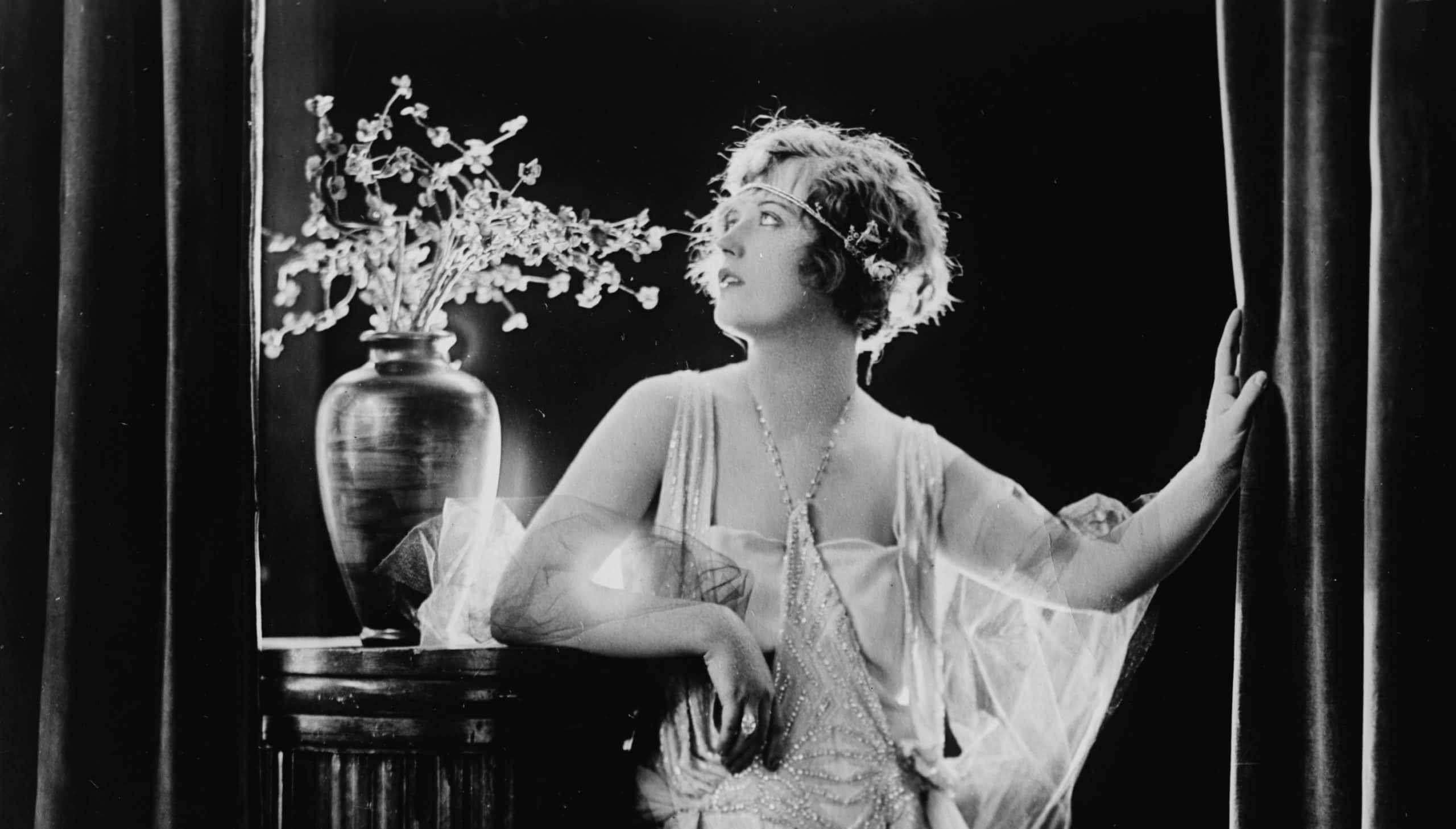 Bain News Service, Wikimedia Commons
Bain News Service, Wikimedia Commons
41. Her Family Had Their Own Problems
Throughout the years, Davies remained close with her older sisters. As they had children, Davies became doting aunt to a coterie of nieces and nephews. Sometimes, this was out of necessity. Davies’ sister Reine had something of a drinking problem, and Marion stepped in to help raise her two children, Charles and Pepi. Pepi, in particular, was something of a troublemaker—especially for Hearst.
42. She Was A Rebel
Pepi Lederer had a little too much freedom in the Hearst/Davies household growing up, and it showed. She battled addiction as she grew up, but when she was 20, Hearst gave her a job at one of his magazines. Everything seemed like it was looking up—but then, things took a dark turn. Lederer returned home to visit Hearst and Davies in the spring of 1935, but they wouldn’t see her.
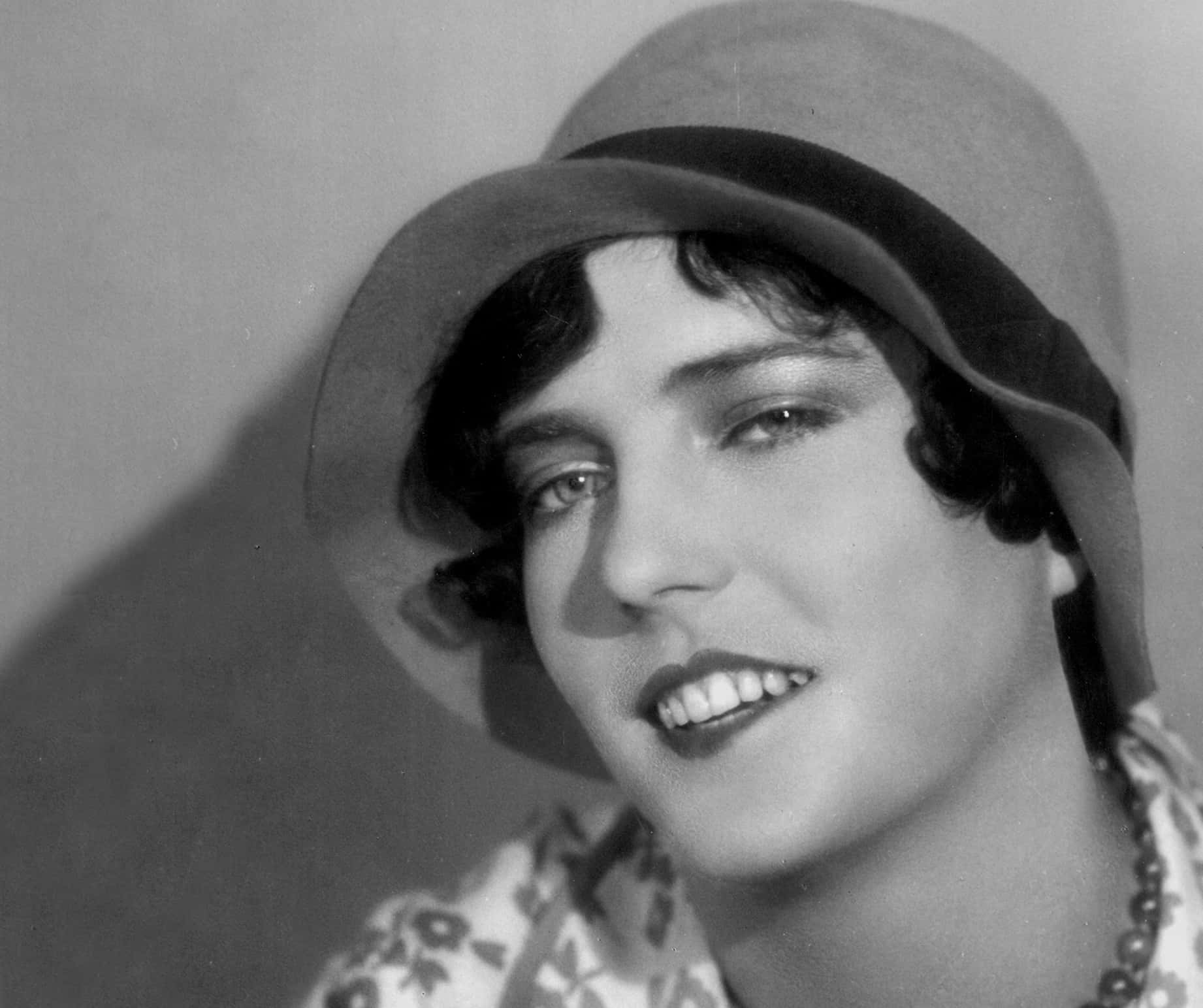 Ruth Harriet Louise, Wikimedia Commons
Ruth Harriet Louise, Wikimedia Commons
43. She Scandalized Them
Lederer had brought her girlfriend Monica Morris to the US with her. It’s unclear what her relatives disapproved of—her lesbian relationship, or her ongoing substance misuse, but either way, it all came to a disturbing climax. Hearst had Lederer committed to a mental institution. It was a fatal mistake. Just days afterward, Lederer leapt from a hospital window, taking her own life.
Hearst did whatever he could to cover up the scandalous sequence of events. The loss devastated Davies, and she took months off to mourn her beloved niece.
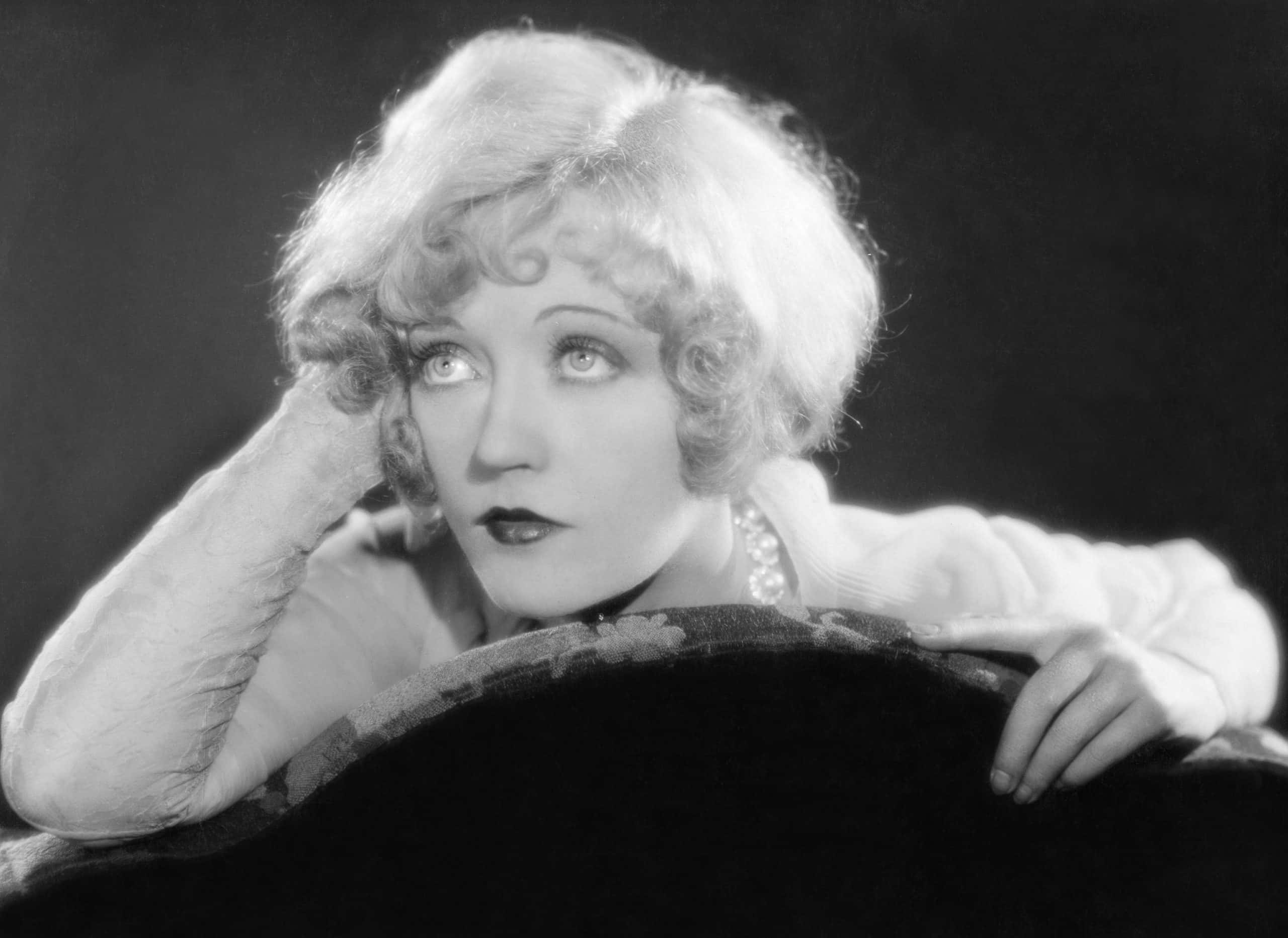 ullstein bild Dtl., Getty Images
ullstein bild Dtl., Getty Images
44. She Saved Him
Hearst and Davies’ lavish lifestyle was barely tenable during the best of times—and after the Great Depression, it was downright impossible. The 30s were a brutal turning point for the couple, as Hearst’s businesses bled like a stuck pig. Davies could’ve picked it all up and left her aging lover in the dust, but that wasn’t her style. Instead, she sold whatever she could, eventually writing Hearst a check for $1 million to save him from bankruptcy.
What has your mistress done for you lately?
45. It All Got To Her
Heart of gold or not, the hardships and tragedy of the 1930s brought out a chilling dark side to Davies. She finally quit acting in 1938 after Hearst closed Cosmopolitan Pictures, and her drinking worsened afterward. She claimed to have left show business voluntarily, but often complained about any people who she thought had damaged her career. Hmm, did she look at the man she went to bed with every night?
46. They Thought It Was About Them
Davies and Hearst had all but retreated from the public eye by 1941—but soon enough, they found themselves at the center of another storm. After all, that was the year that director Orson Welles’ masterpiece Citizen Kane came out. The comparisons couldn’t be denied. The film’s Kane was a wealthy media magnate who lived in a castle, and whose second wife was an untalented opera singer whose flagging career drove her to drink.
Hearst’s reaction to the plot didn’t exactly make things better.
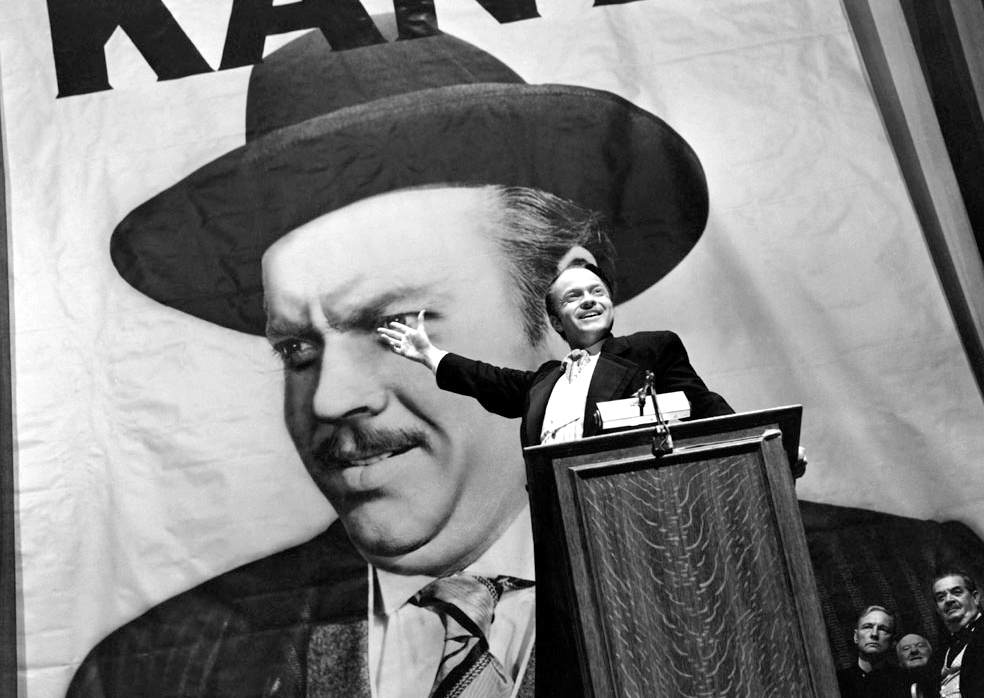 Alexander Kahle, Wikimedia Commons
Alexander Kahle, Wikimedia Commons
47. The Comparisons Enraged Him
Instead of ignoring Kane, Hearst instead tried to block its release. While he had moderate success on this front, it really only served to draw more attention to its similarity to his life. There was one point in particular that really infuriated Hearst—the portrayal of Davies. Welles denied that he’d based the character of Susan Alexander Kane on Davies.
Sadly, the damage was done, and the idea of Davies as a sad, failed actress followed her to the grave.
48. They Were Together Til The Bitter End
If one thing is clear through all of this, it’s that despite affairs, fights, money and drinking problems, Hearst and Davies stuck together and tried to stand up for each other—although their efforts were occasionally misguided. Davies had told one of her friends that she’d never leave him, and she kept her word, even as his fortune faltered and his health failed.
Hearst passed on in 1951, at the age of 88. Davies was absolutely heartbroken. She was finally alone after spending her entire adult life with him—but the roller coaster ride wasn’t over yet.
49. She Gave It All Up
Hearst left Davies controlling shares in his company, on top of what he’d already given her throughout the years. Davies was torn between continuing his work and making a life her own—and her decision was a shock to many. Mere weeks after Hearst’s passing, Davies relinquished most of the stock he’d left her…and that wasn’t all she did.
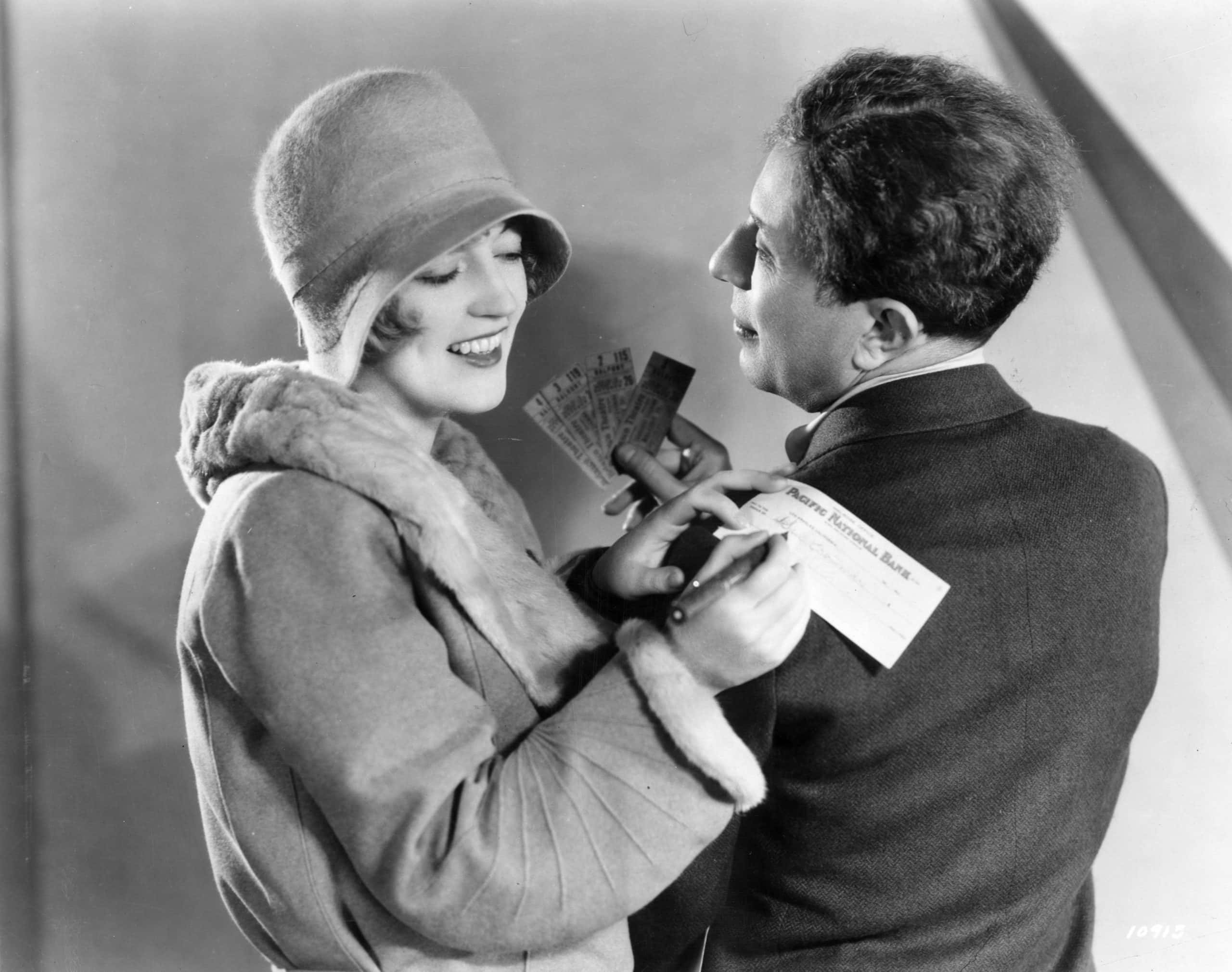 Clarence Sinclair Bull, Getty Images
Clarence Sinclair Bull, Getty Images
50. She Ran Away With A New Man
A day after Davies gave her stock back to the Hearst Corporation, she stunned the world by getting hitched to a sea captain named Horace Brown. In a quickie ceremony. On Halloween. In Las Vegas. Yeah, it’s a lot at once. Considering her long and fraught relationship with Hearst, it should’ve been her second chance at life—but the union had a disturbing dark side.
51. They Got Weird
Drinking was a problem for both of the newlyweds, and Davies actually filed for divorce from Brown twice, but never went through with it. In 1952, when gossip columnist Hedda Hopper contacted the couple about their failed attempt at a split, they gave a truly bizarre interview about what was happening in their marriage. Brown listed his transgressions against his wife, saying that he’d: bought a monkey and the monkey bit her; shot out the lights at her sister’s property; pushed her (Davies) into their pool; sprayed her friends with a fire hose; and finally; let the air out of all their tires immediately after that.
Somehow, it got even weirder from there.
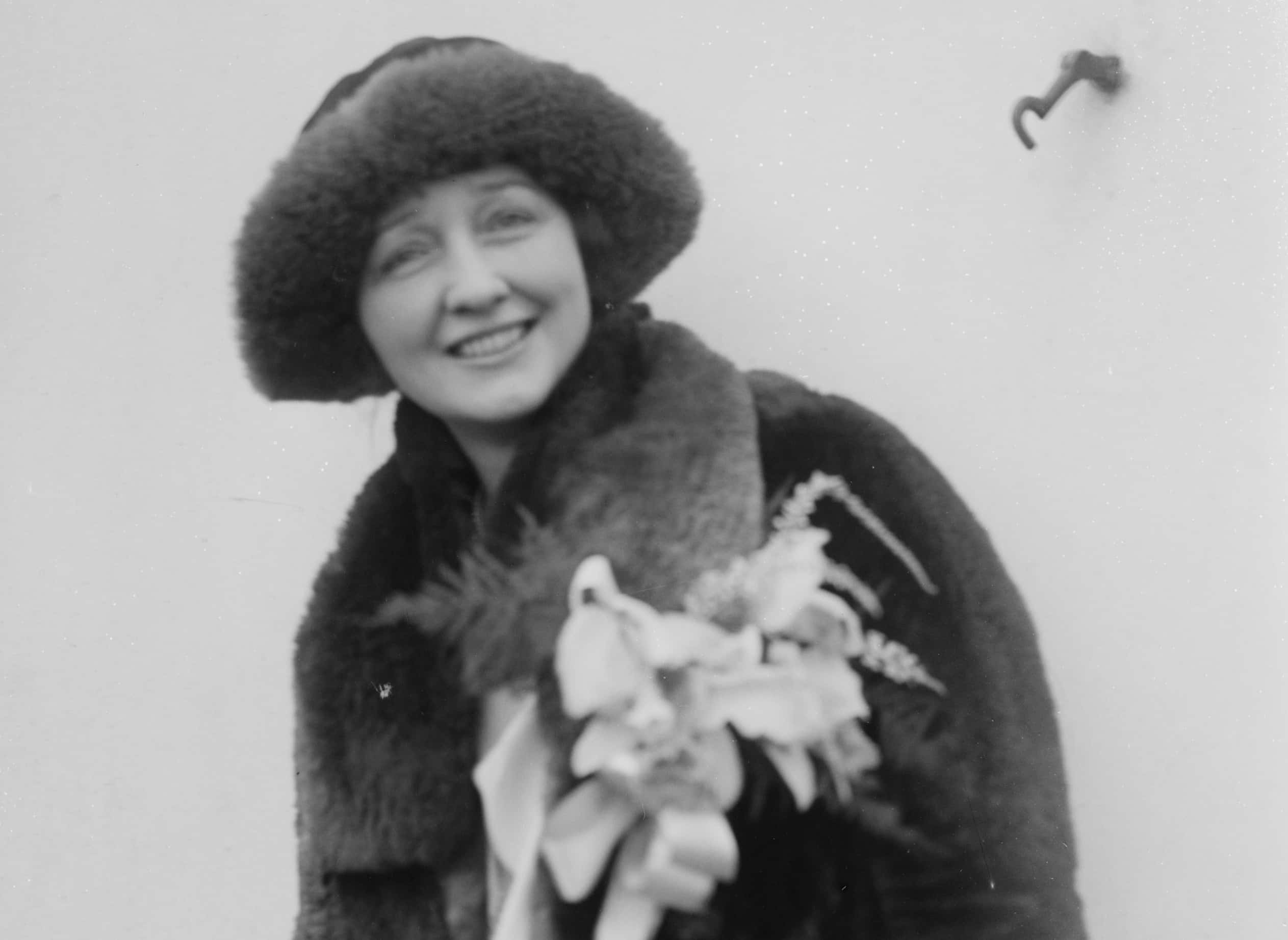 Bain News Service, Wikimedia Commons
Bain News Service, Wikimedia Commons
52. She Took Him Back
After Brown confessed to the many offenses he’d committed, Davies grabbed the phone out of his hand. She told Hopper that she was taking him back anyway, ending the call with: “Thank God we all have a sense of humor!” Alright, the whole monkey thing is pretty hilarious, but I guess it depends on what you think is funny…
53. She Fought Til The Bitter End
The 50s weren’t easy on Davies. Many of her silent-era contemporaries were dying, and health problems plagued her—and her drinking had caused many of them. Then, while undergoing a routine exam, doctors made a heartbreaking discovery. They found a growth of her jaw, and they later diagnosed her with a type of bone cancer. She spent two years battling the disease before it took her life in 1961.
Davies was 64 years old at the time of her passing—and afterward, many of her dark secrets came tumbling out.
54. They Shared Her Biggest Secret
Marion Davies had always been close with her nieces and nephews, but one in particular had been her favorite—her sister Rose’s daughter, Patricia. She’d spent extensive time with Hearst and Davies, and Davies had left her a sizable inheritance when she passed. No one questioned it—until 1993, when Patricia made a twisted deathbed confession.
It was then that she revealed to her immediate family that Davies and Hearst were, in fact, her real mother and father, not her aunt and uncle. Soon, her family began to put together a clearer picture.
55. They Switched It All Around
Patricia had been born in an unnamed hospital in France sometime between 1919 and 1923—right around the time that Davies and Hearst began their decades-long affair. As the story goes, Davies got pregnant, and Hearst sent her to France to give birth away from the prying eyes of the Hollywood gossip columnists. In a strange case of timing, Davies’ sister Rose had just lost a child.
The choice was there on the table. Davies gave Rose the baby, and they fudged the paperwork. That was that—but it wasn’t always smooth sailing.
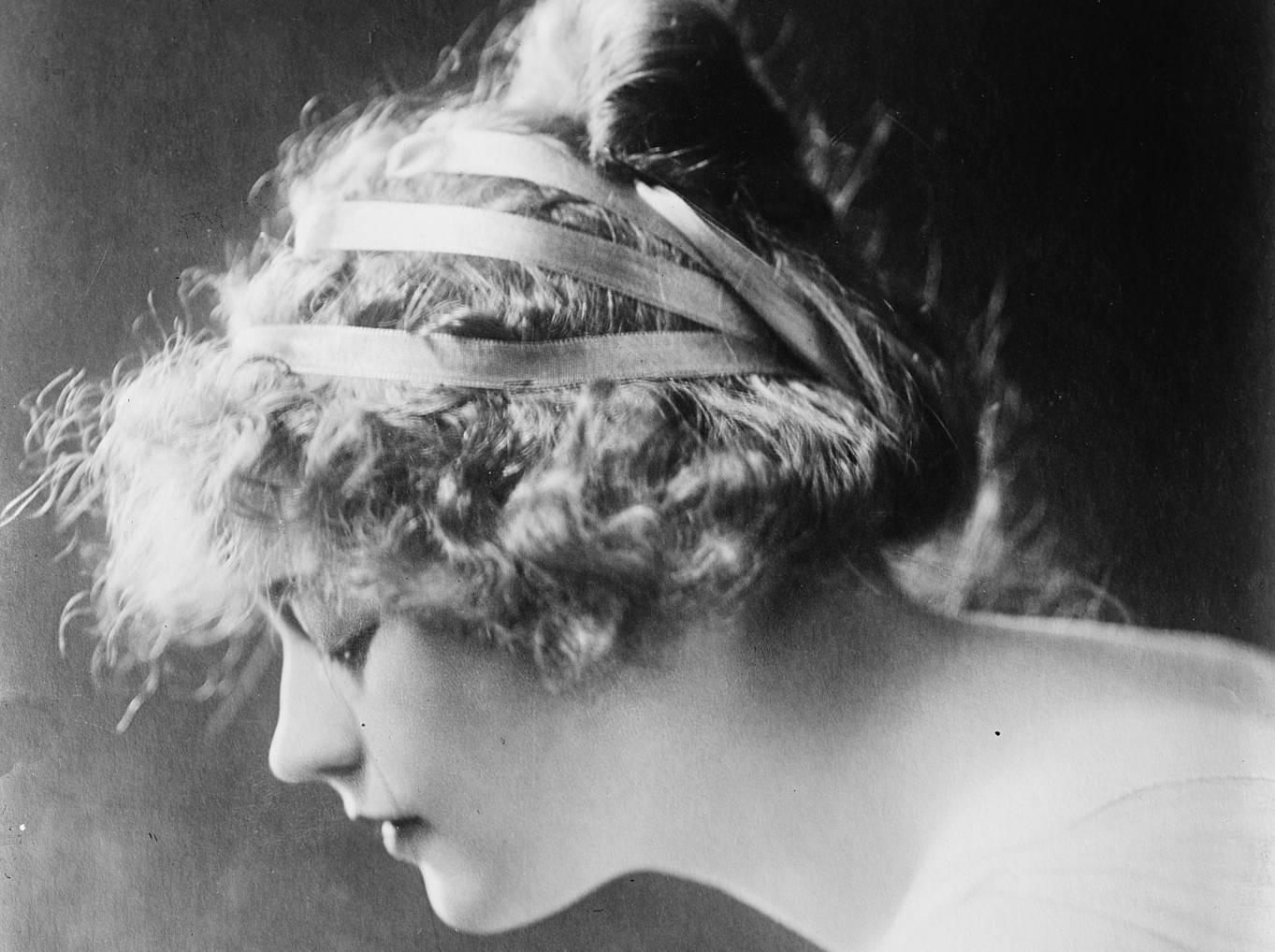 Bain News Service, Wikimedia Commons
Bain News Service, Wikimedia Commons
56. She Kept It A Secret
In 1924, Rose’s estranged husband George kidnapped young Patricia and disappeared for five whole years. If the loss of her secret child affected Davies, she couldn’t really show it, for fear she expose herself. Regardless, Hearst jumped into action, and hired a detective to track the pair down, eventually reuniting the family.
Hearst supported Patricia financially throughout the years, and both Davies and Hearst confessed their secret and the circumstances of her birth to her at different times. She nearly took the knowledge to get her grave—but that wasn’t Davies’ only instance of devastating heartbreak.
57. His Final Hours Were Chaotic
Davies spent the better part of four decades with Hearst, and stood by his side until the bitter end—and what she got for her efforts was one of the most brutal betrayals in the history of Hollywood. During his final days, friends and family filled their house, all attempting to say farewell to the ailing millionaire. The noise and crowd made Davies so upset that she tried to get them to leave. Hearst’s sons ordered doctors to sedate her.
She woke up the next morning, and nothing was ever the same again.
58. They Pushed Her Aside
Davies woke up in an otherwise empty bed. Hearst’s nurse had to tell her that he’d passed on during the night. She was utterly bereft and alone—and that wasn’t the worst part. Hearst’s associates had removed his body, along with any evidence that he’d ever lived there with Davies. She never had a chance to say goodbye.
When the funeral rolled around, Davies didn’t attend. It was unclear if she’d made that choice for herself, or if Hearst’s wife and sons had forbidden her presence. After all, he’d never got that pesky divorce…
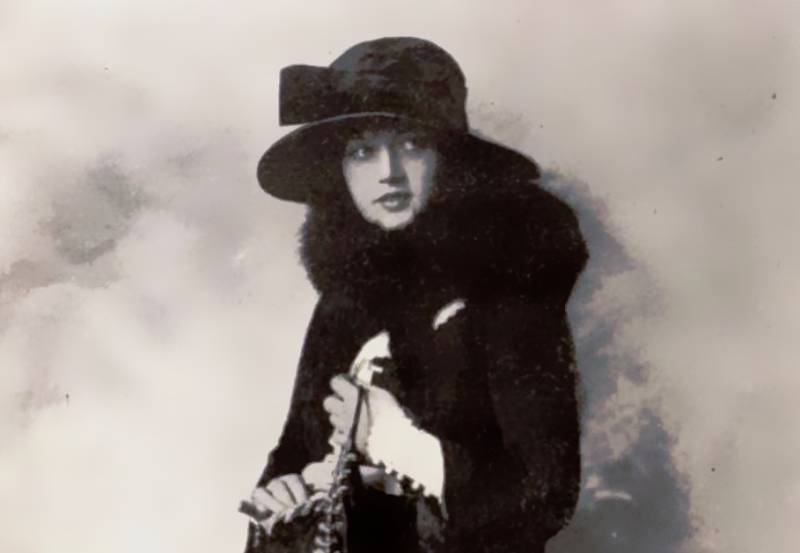 Unknown Author, CC BY-SA 4.0, Wikimedia Commons
Unknown Author, CC BY-SA 4.0, Wikimedia Commons
59. He Had A Nickname For Her
In Citizen Kane's famous ending, we finally see that Kane's darling "Rosebud" is actually a childhood sled. However, the real meaning of "Rosebud" may be much more scandalous. Writer Gore Vidal, who knew Marion Davies, claimed that "Rosebud" was what Hearst lovingly called Davies', er, private nether regions.
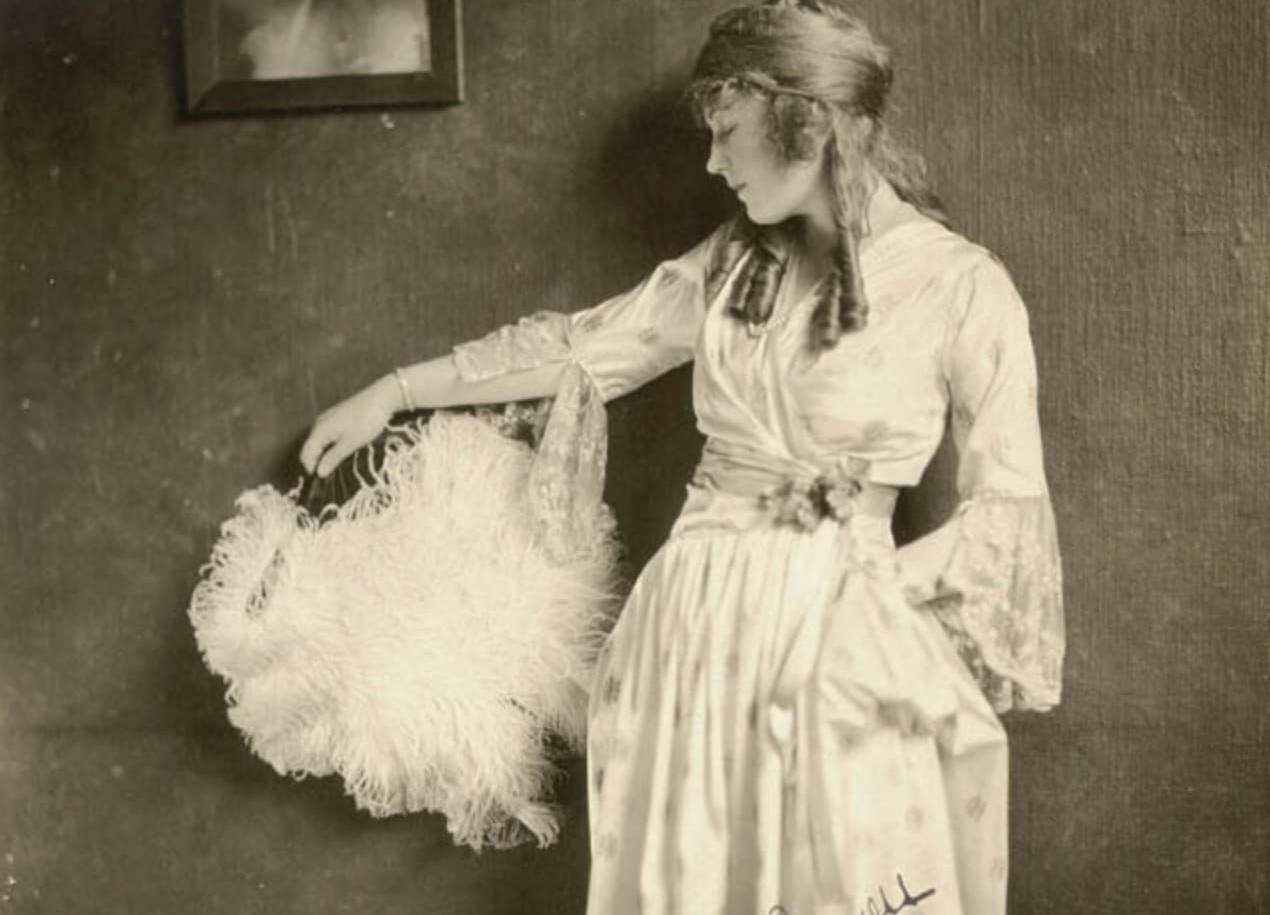 Unknown Author, Wikimedia Commons
Unknown Author, Wikimedia Commons
60. She Was Mourned
When she passed on in 1964, Marion Davies’ family made sure she had a burial fit for a queen. She now rests in no less than a tomb shaped like a miniature Greek temple, with views overlooking the lake in Hollywood Forever Cemetery. Despite these grandiose surroundings, her grave doesn't forget her roots. Her family had her original surname of "Douras" inscribed over the doorway.
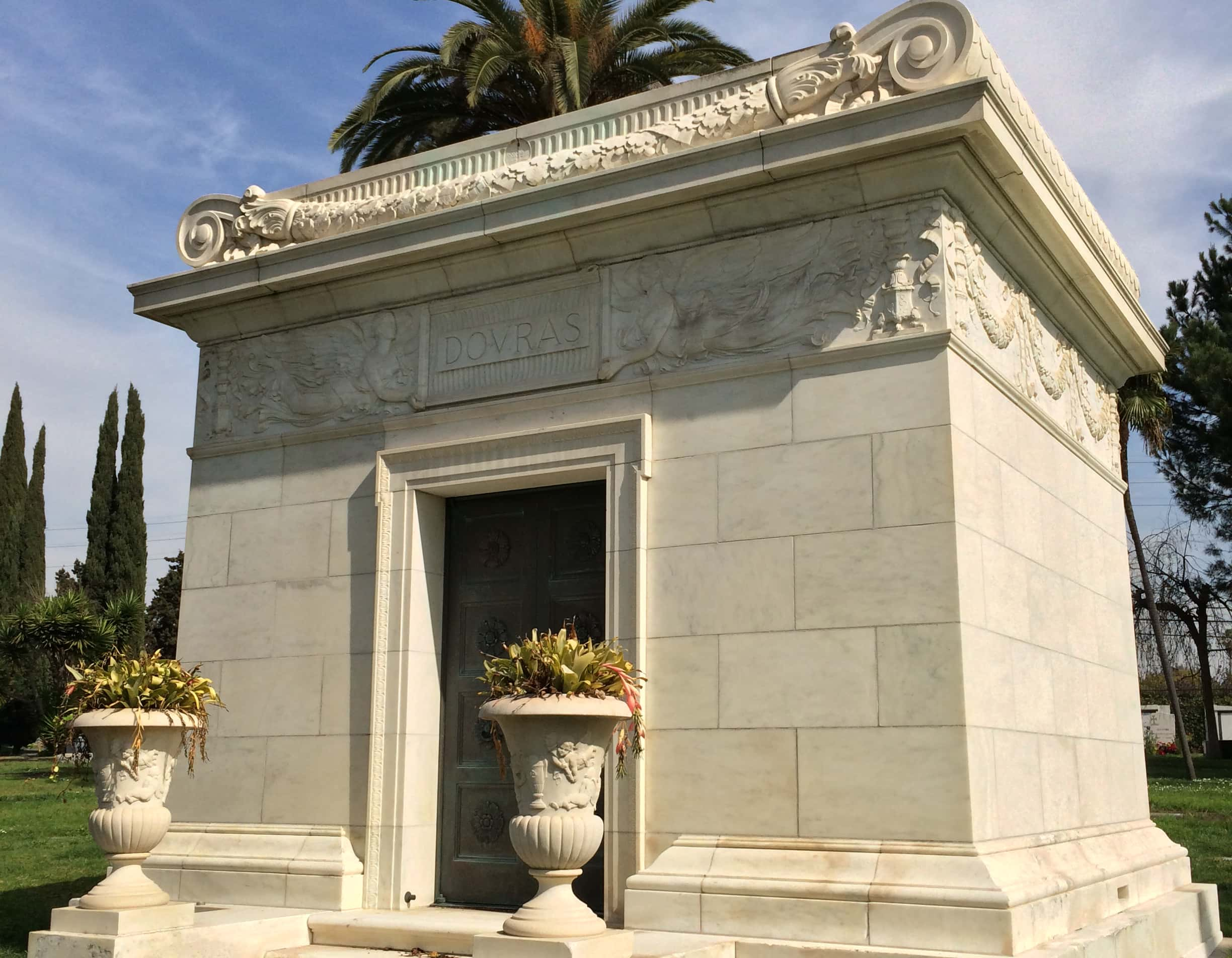 Arthur Dark, CC BY-SA 4.0, Wikimedia Commons
Arthur Dark, CC BY-SA 4.0, Wikimedia Commons
Sources: 1, 2, 3, 4, 5, 6, 7, 8, 9, 10, 11, 12, 13, 14, 15, 16, 17, 18

